







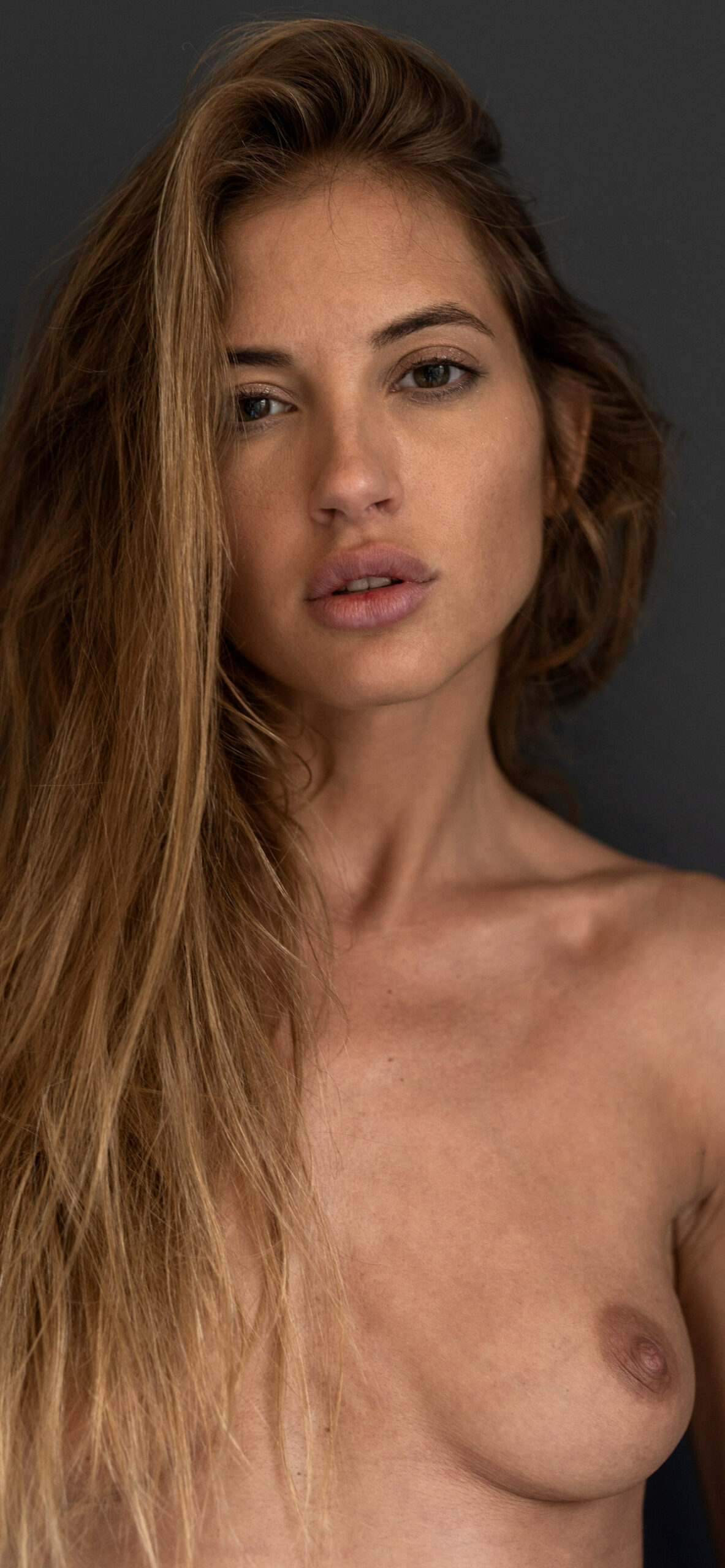
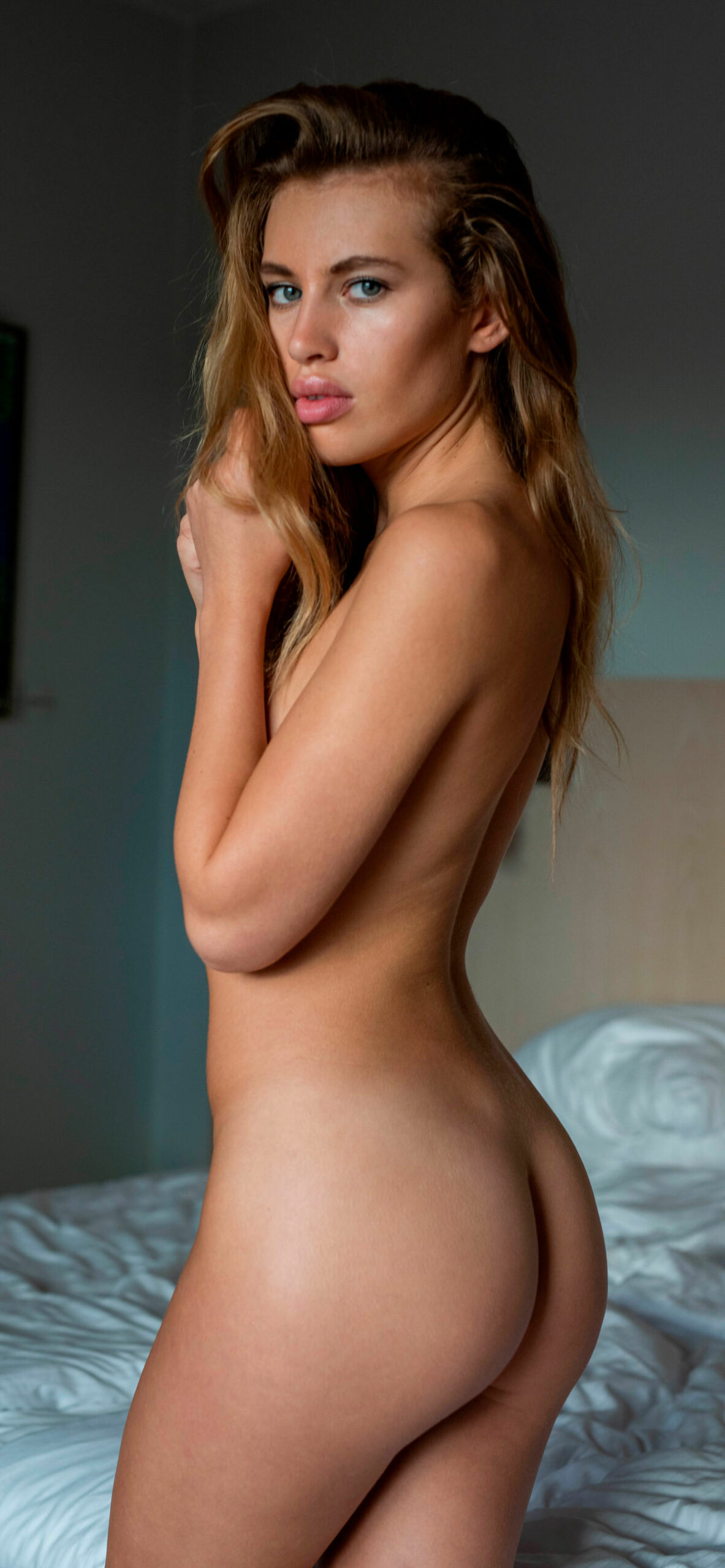


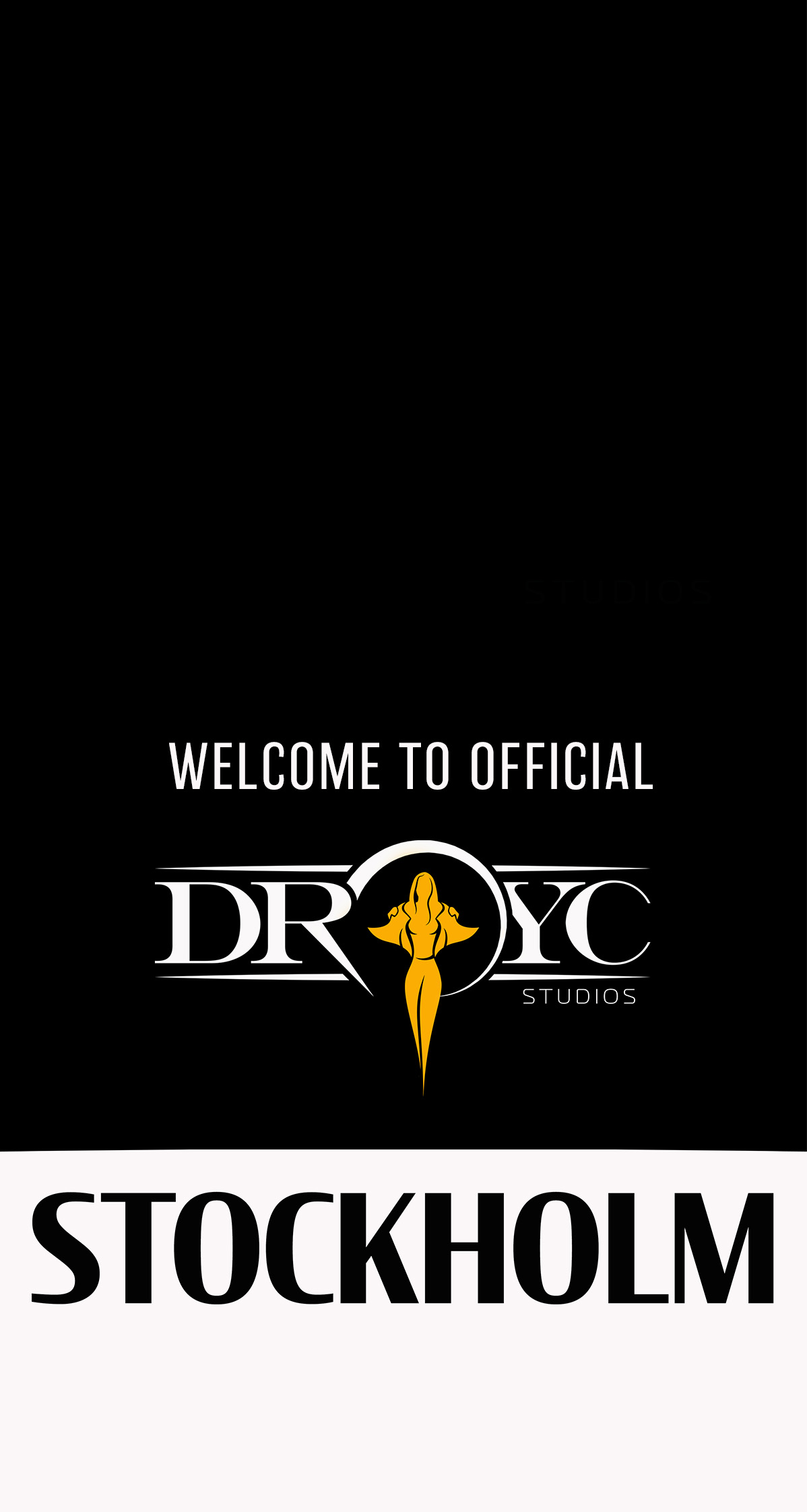

In search for visionary women
Welcome to Droyc-Studios, and thank you for your visit! If you made it this far, you might be curious to know what we do and what sets us apart from other projects that promise millions to young girls? The simple answer is this; it is the scale of our vision that makes us unique of its kind. It is what we choose to stand for that defines us.
By partnering with masters of fashion photography, together with today’s most exceptional and influential female models, we are creating an artistic narrative on what it means to be a woman today.
We believe that someday the world will finally understand and embrace female sexuality for all its sophistication. Until that happens, DROYC is leading the way by producing visionary nude photography that challenges the traditional concepts of female sexuality.
The visual compositions are accompanied by culturally important topics in articles and autobiographical essays written by women themselves. By sharing real and honest female experiences, we confront the traditional concepts of human sexuality and, in turn, lead the development of sexual intelligence and sexual education that benefits all people. The glory will be for all to share!
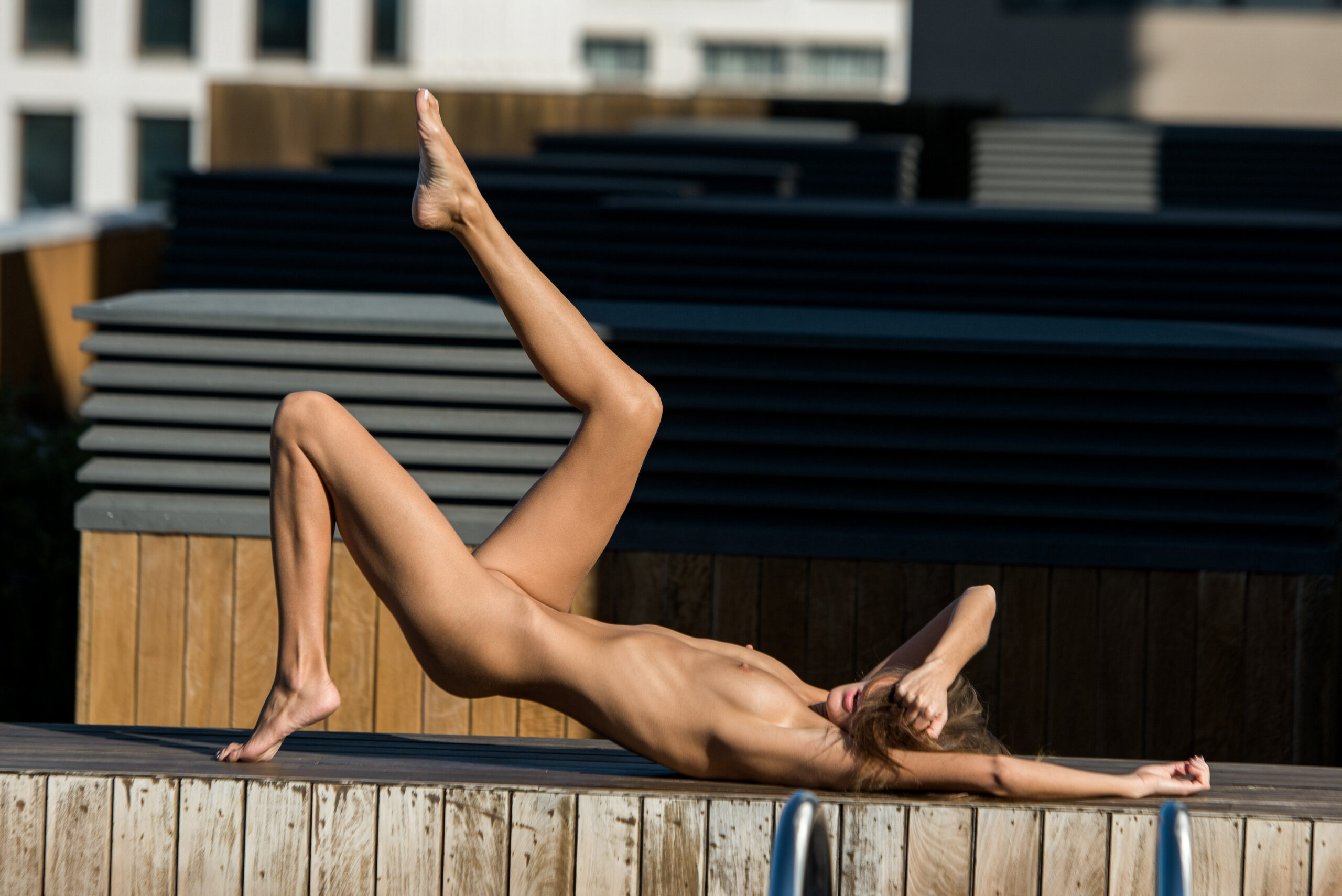
Our Mission
The primary task of DROYC-STUDIOS is to educate to see beyond the nude skin. People often think about nudes as material created with no other purpose other than sexual arousal. We want to challenge it by teaching people to see nudes without moral and social judgement. Beyond the narrative of condemning, beyond the feeling of ownership or domination. Just pure pleasure of seeing the beauty of a female body.
True nude photography is like the art of composing a philosophical essay on being human. Its concern is with raising important questions rather than providing the satisfaction of a quick answer. It is an art because it is never just a snapshot of an individual for a passport shot. It is a metaphoric statement about all other human beings. In order to understand why we use nude photography as a communication channel, one has to recognize the influence of visual media on our world view.
Photography as a language
The way we perceive and internally categorize pictures of anonymous nude women profoundly influences on how we see real women in our lives - either in comparison or in similarity. It is often not only about the visuals, but the language we use to describe and narrate the visual by our inner voice. This activity influences what is ok to say and do to a woman based on her membership category: mother, sister, wife, daughter, lover, stranger, whore, fat/skinny, old/young, blonde/dark. Photography and visual culture help to reinforce dominant categories, but we can also employ photography to expand and replace categories to fit a modern woman better.


Our work philosophy:
intellectual
nudes.
At DROYC, we see nude photography as a mirror that reflects back to us our dreams, desires, personal and social values. Nudes provoke and confront our culture and society’s values, and we see female models as agents of that change. By working with exceptional women like our nude models, we attract attention to censorship and biases around female bodies. The art shows the full beauty of female beauty, and the social part is to confront the assumptions of who can and cannot be nude, and to what degree.
Working style: models as partners.
To truly reach millions with our message, just shooting nudes is not enough - we need exceptional quality content that is also provocative and viral. This will often require earning the great trust of a model before, during, and after the photoshoot. It requires recognizing models’ as our partners and fellow artists, equal to us on all counts. It requires being humble, transparent, and supportive in treating and working with our greatest talent. This is why our reputation is as pure as gold, and we are proud of it.
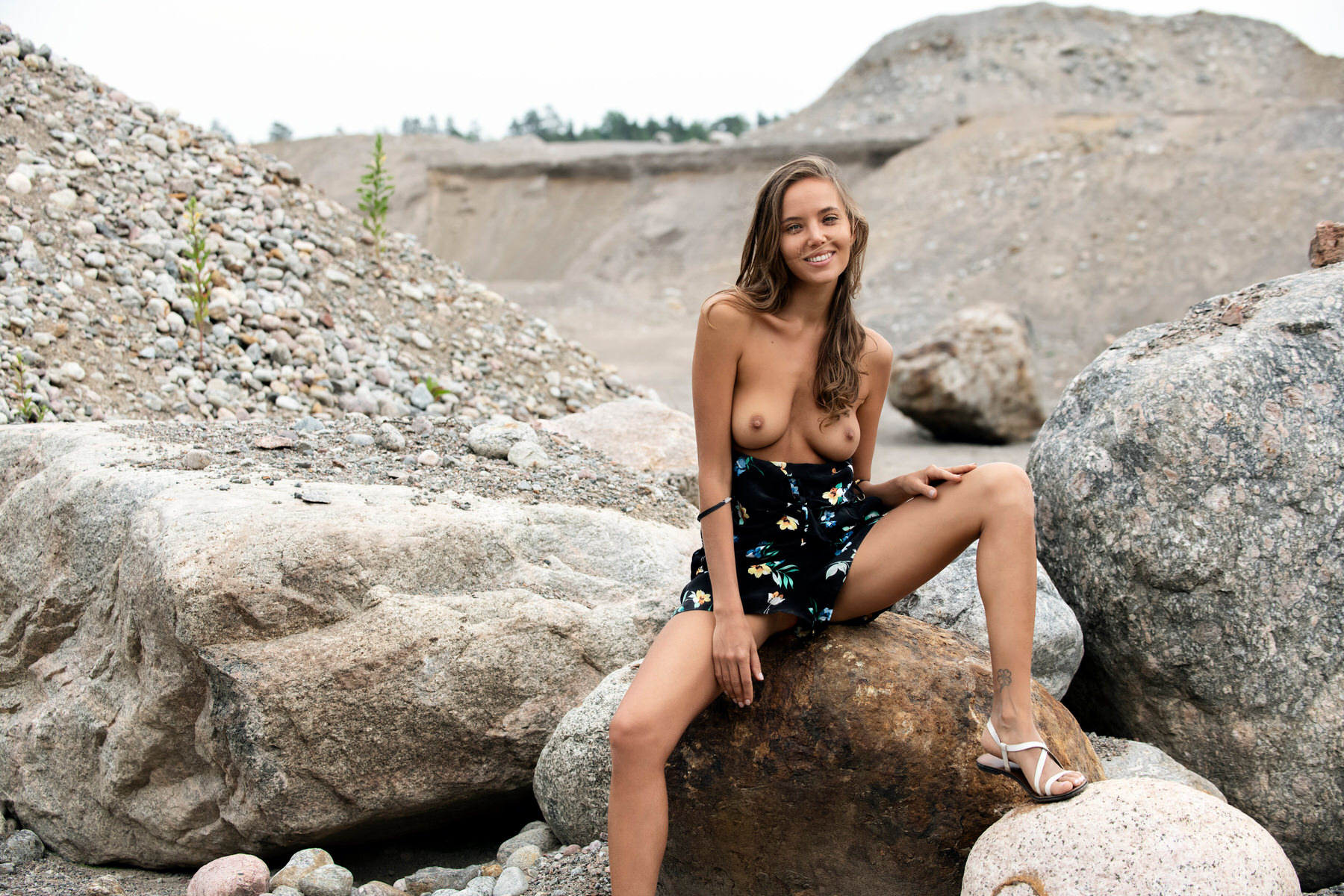
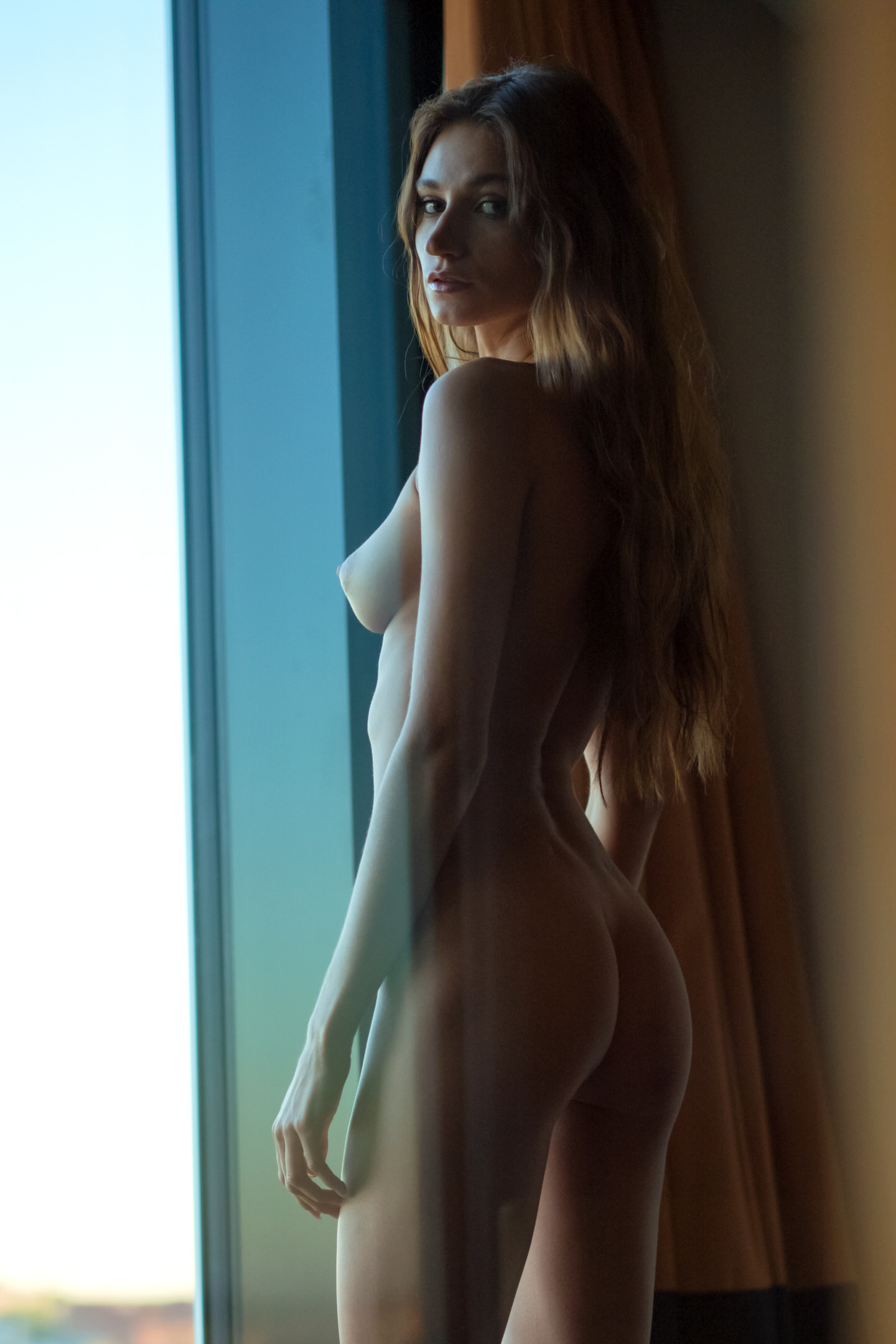
Shooting style:
authenticity, not
sensationalism.
Women are often self-censoring themselves, even those that model nude. The shame and embarrassment are deeply rooted in a female mind. Many women are fine to shoot nude, but only if hiding all or some anatomical differences that make them women: breast and clit.
At DROYC, we work to set a female body free of censorship and social stigma.
We shoot in a style that we call “natural nude”: we don’t want you to show your female parts as if it was a medical exam, but we don’t want you to hide them either. The pose and mood should define what is visible naturally in the shot. It is not about the sensationalism of a shoot but about the authenticity of being a human being.
DROP OFF YOUR CLOTHES - LOVE YOUR SKIN.
Explore our work
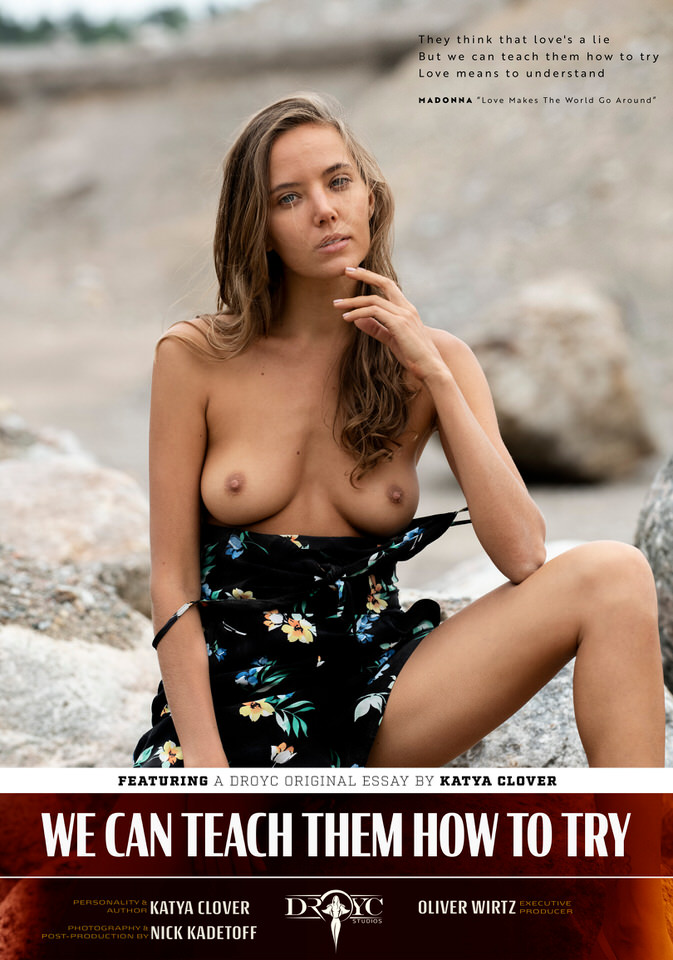

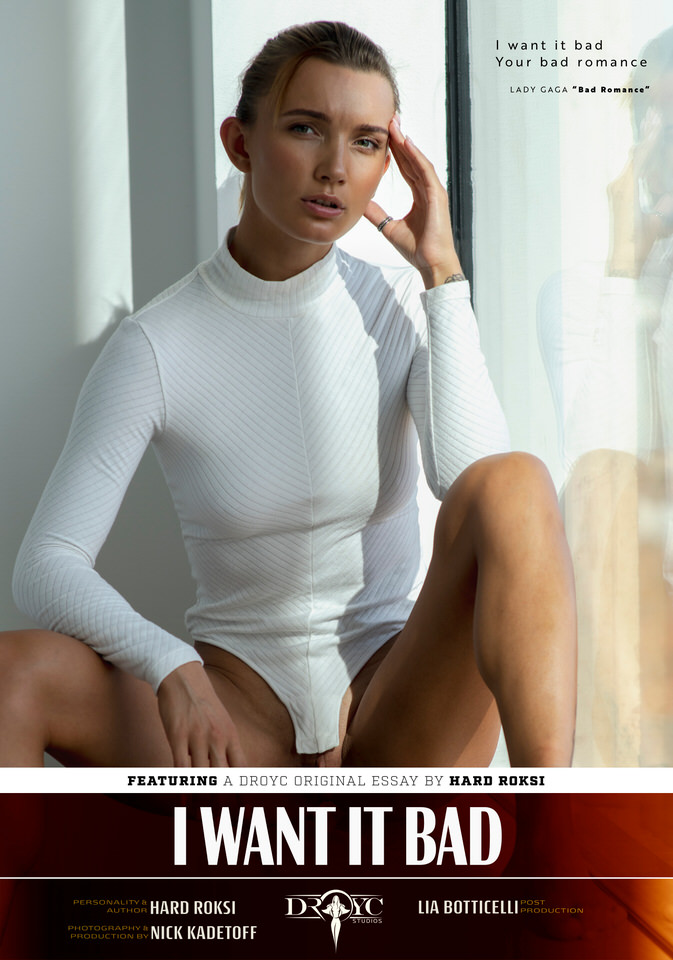
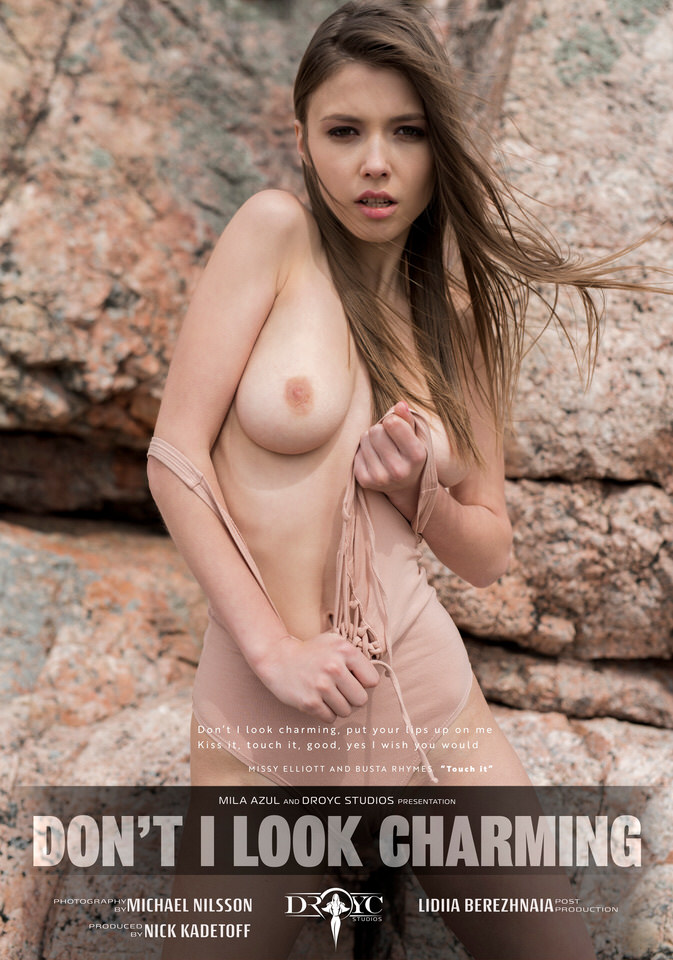
One vision.Many faces.
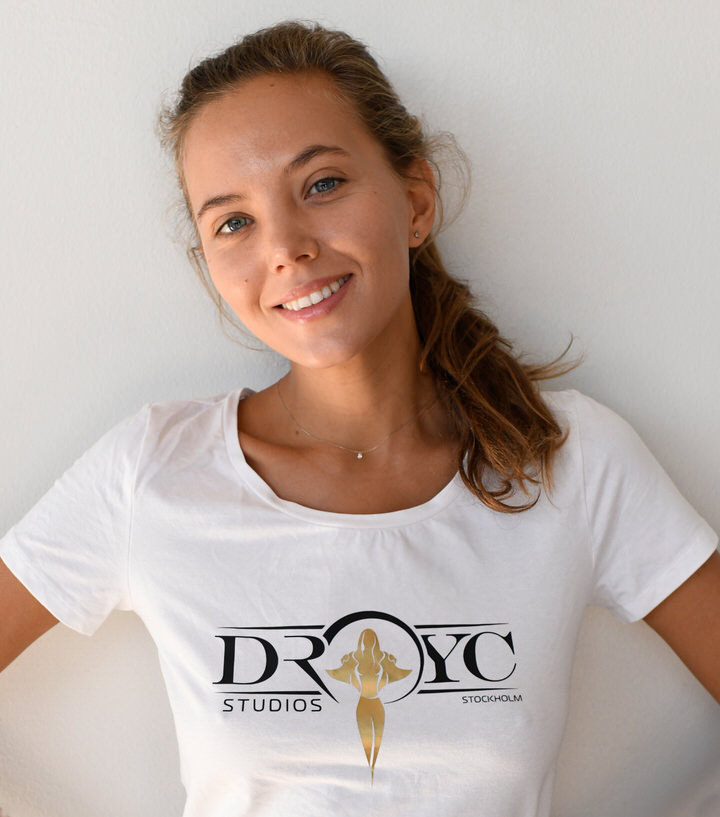
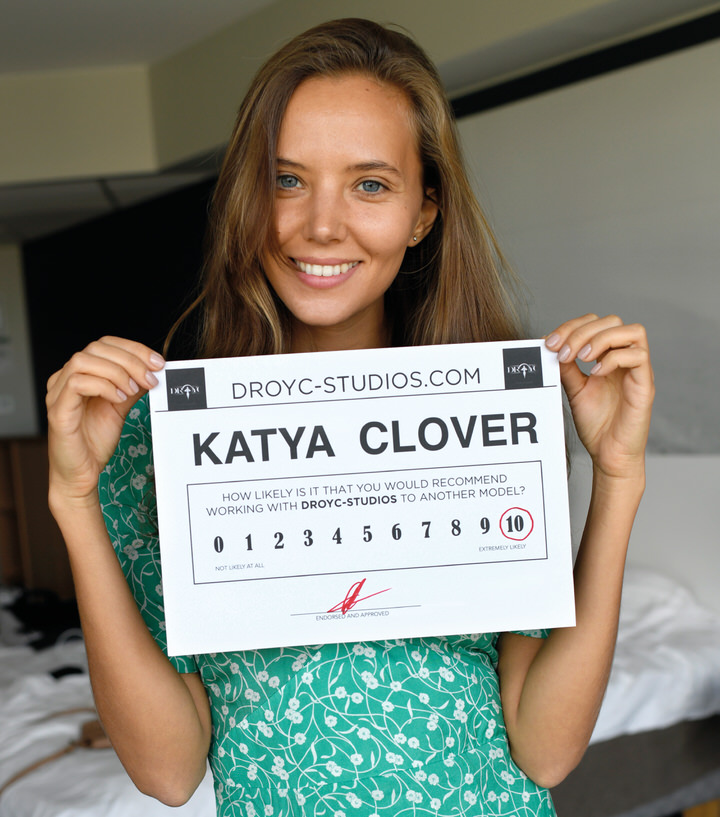
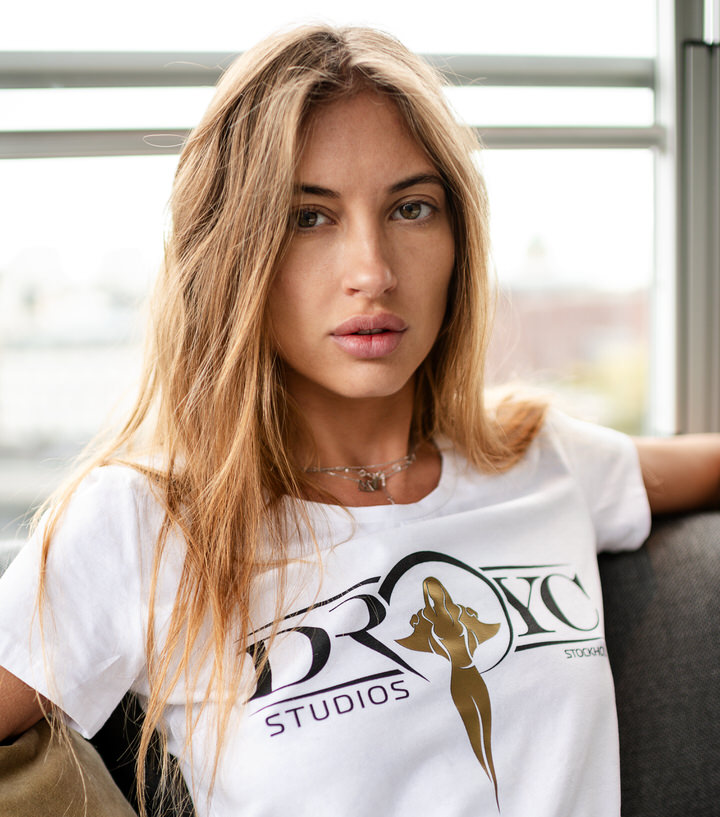
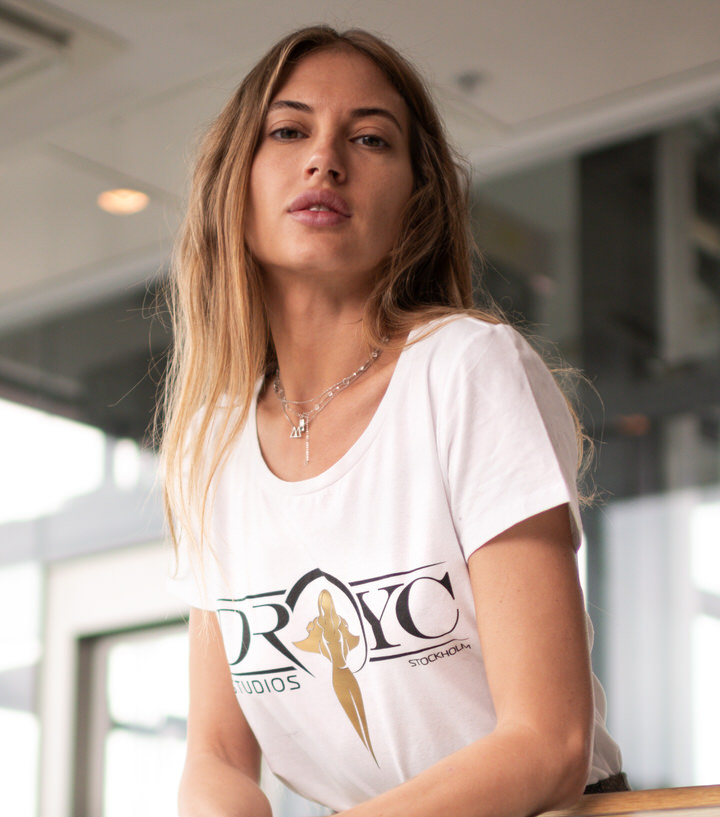
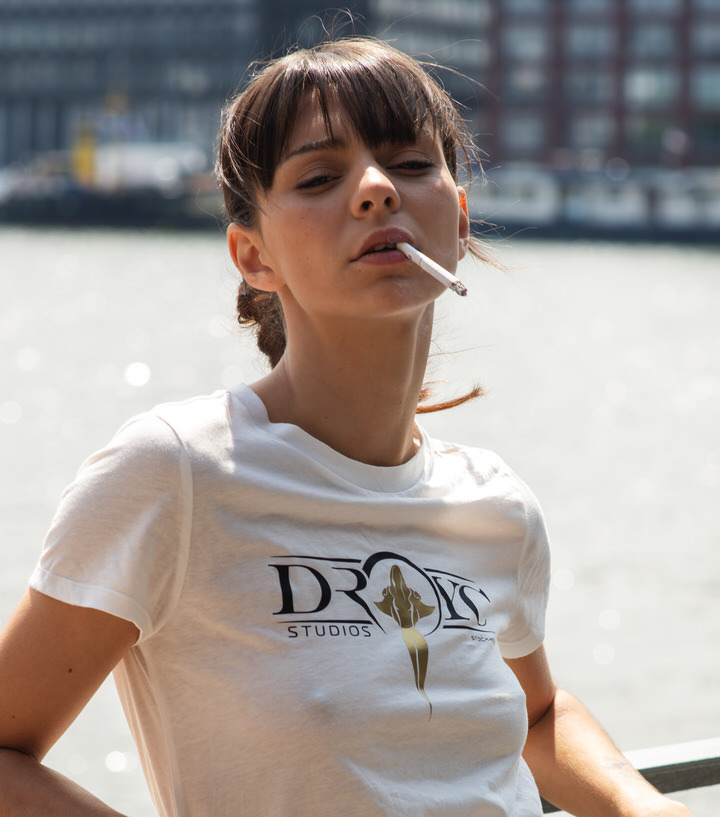

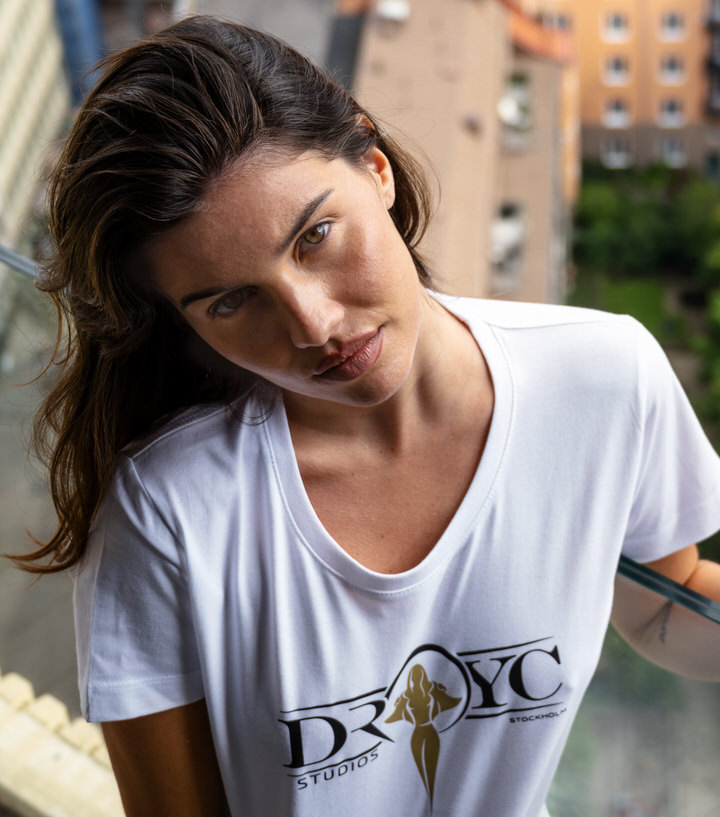
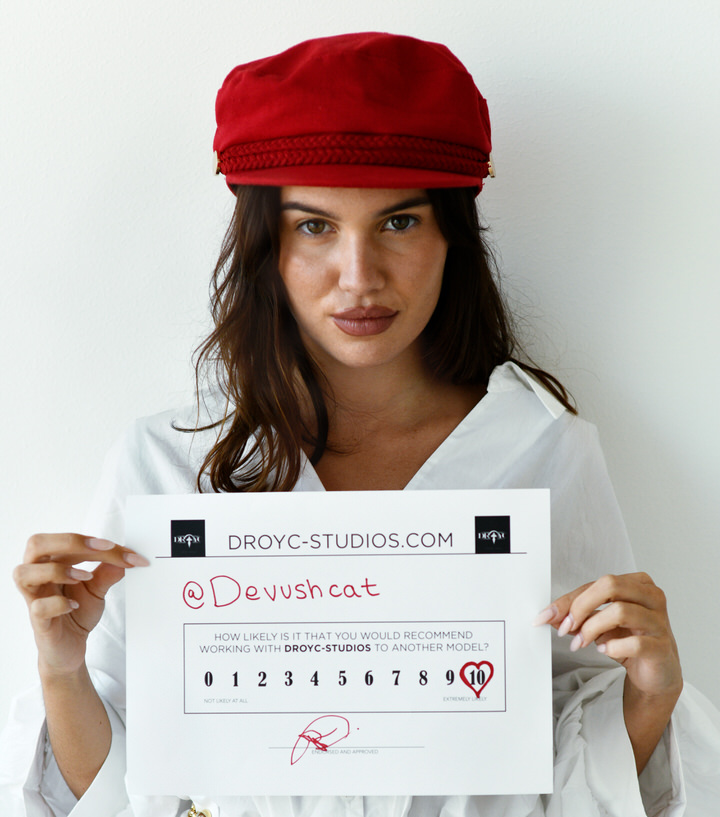
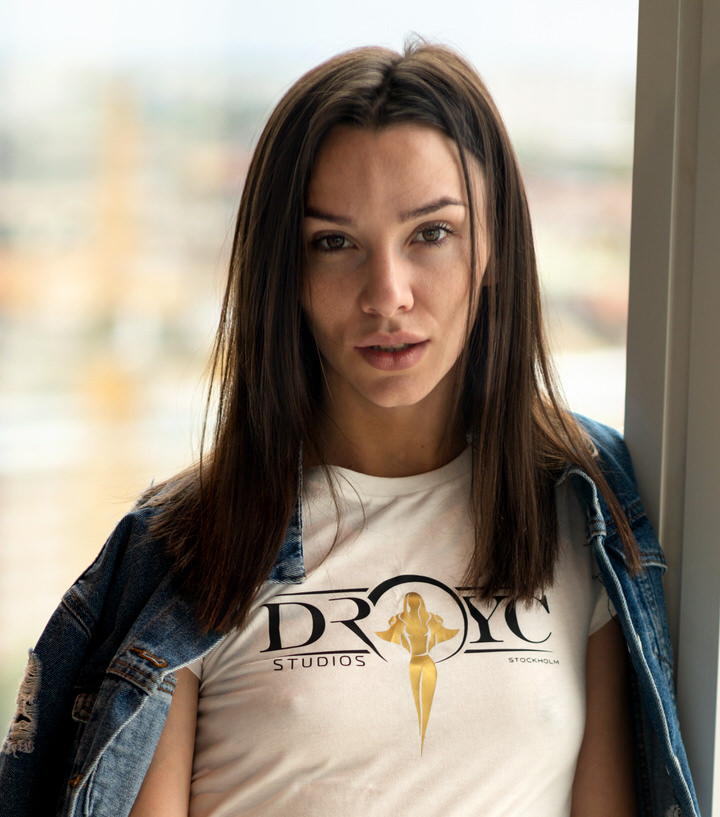
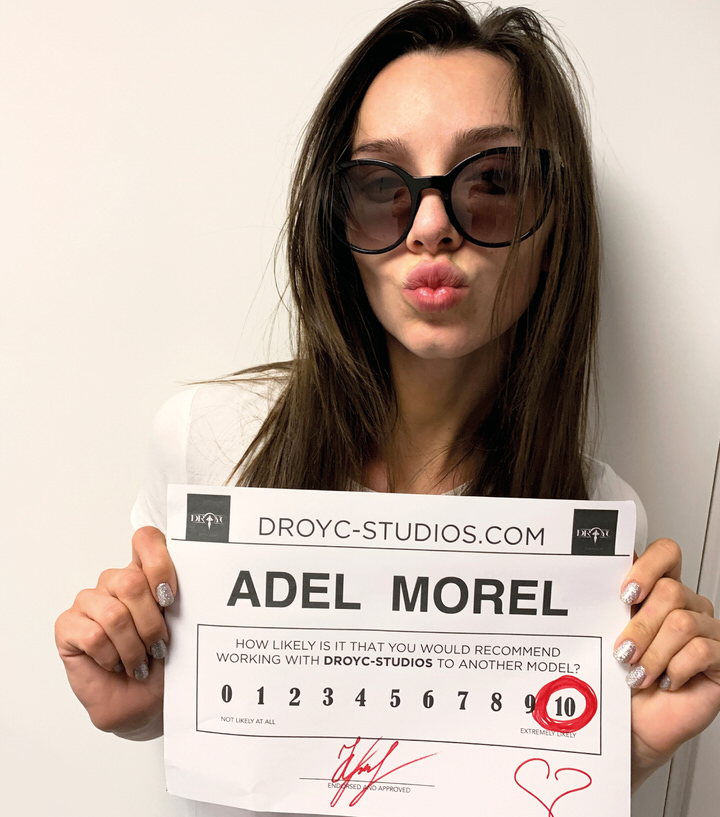
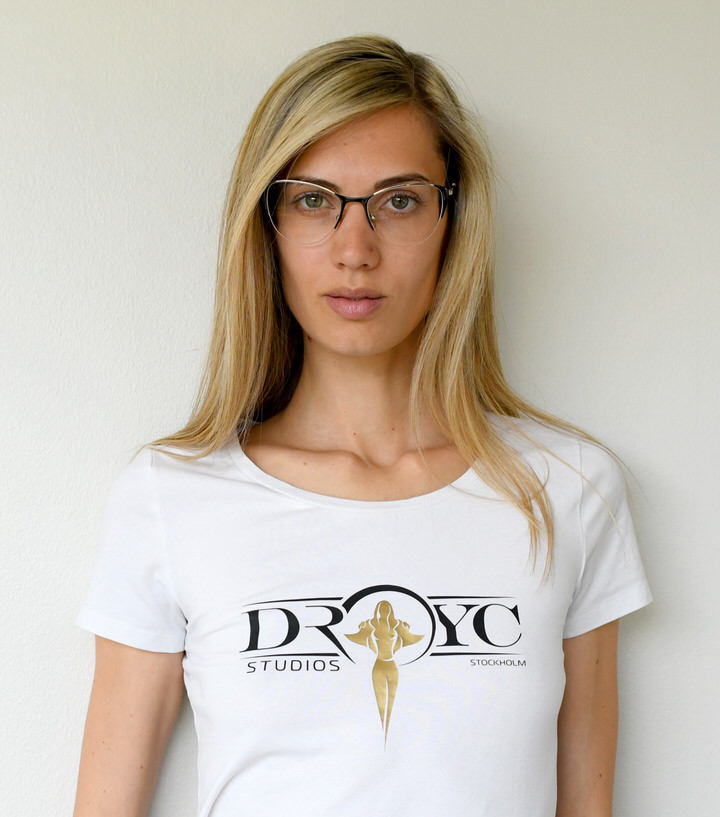
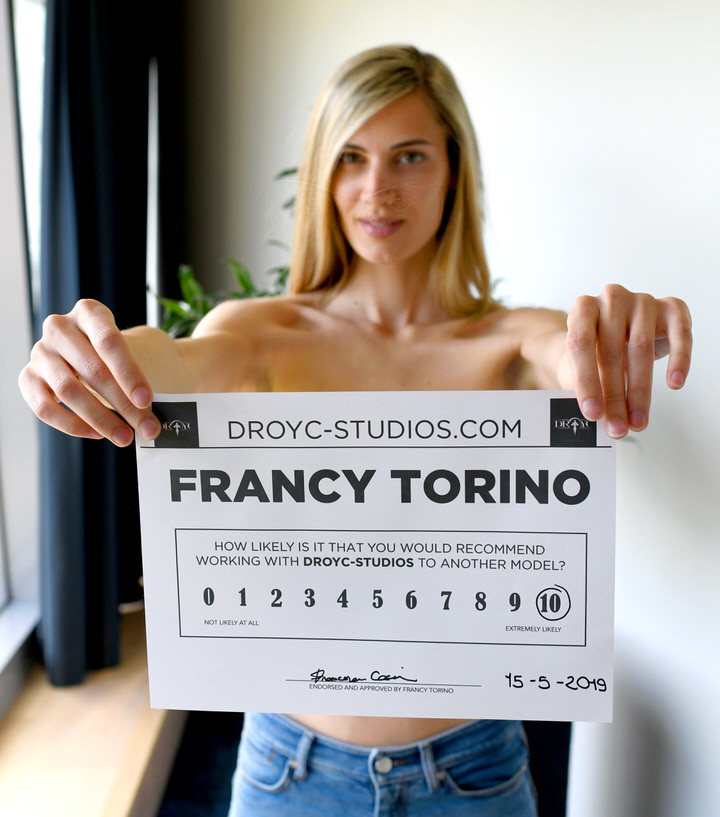
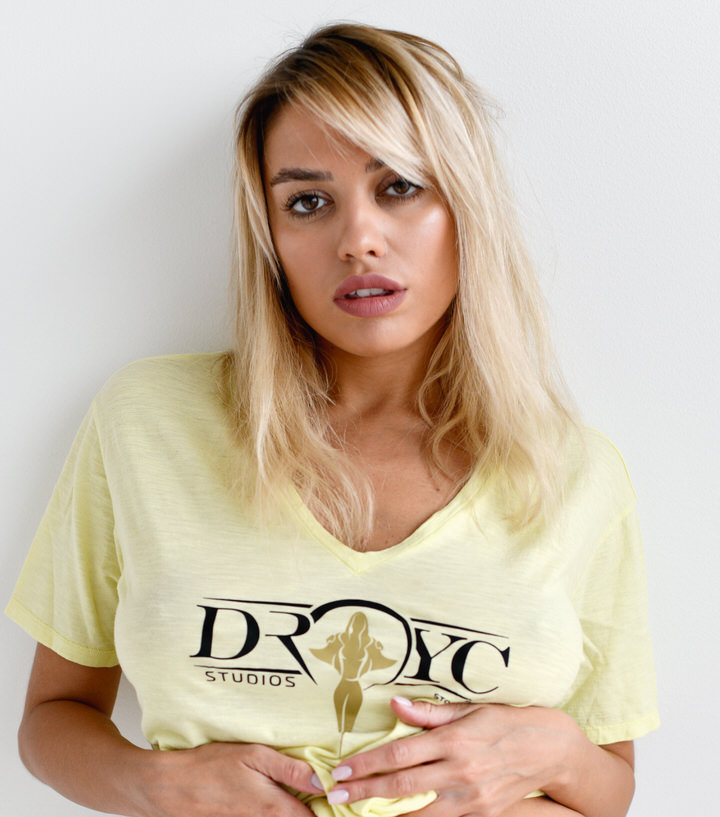
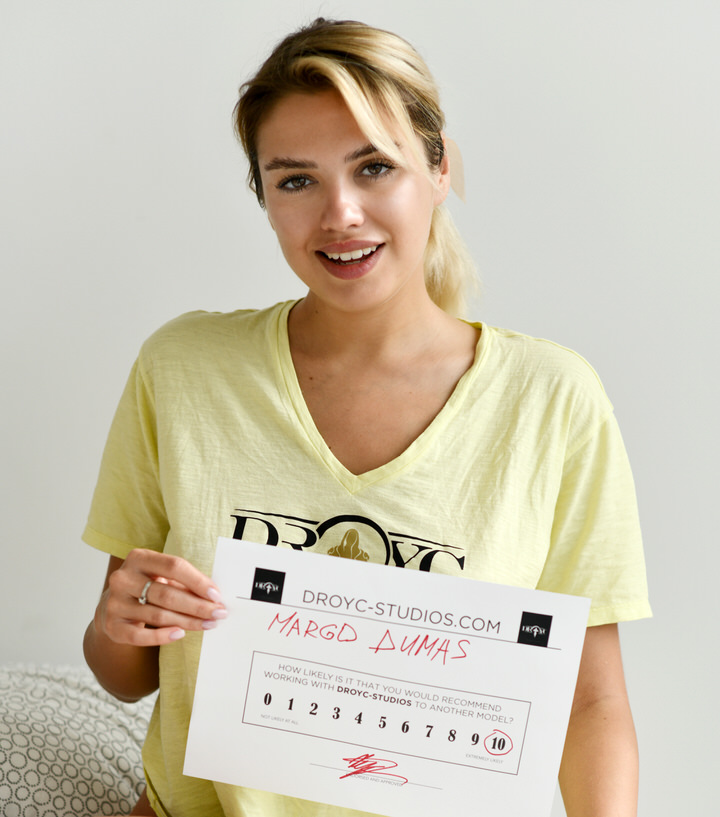
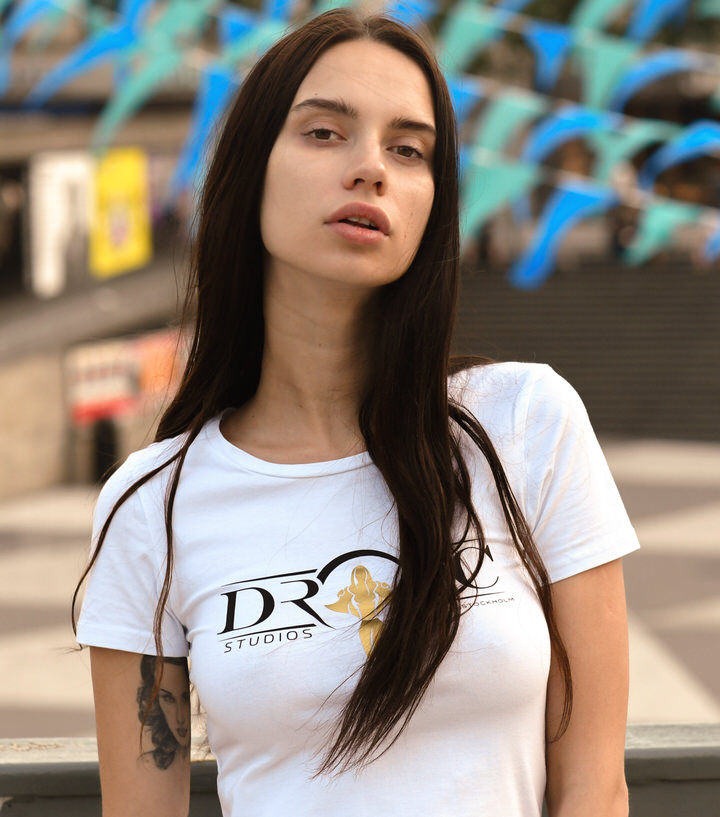
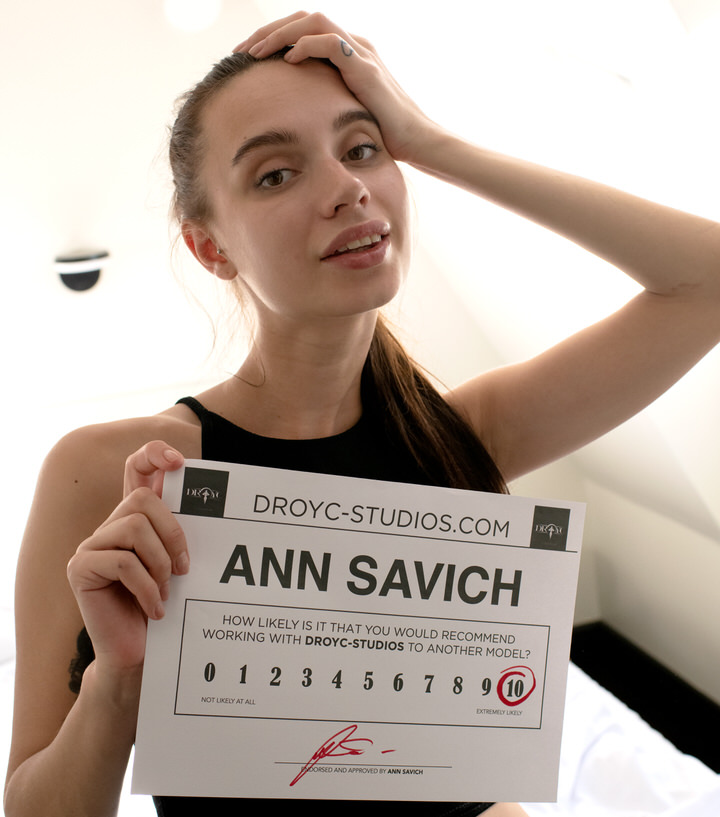
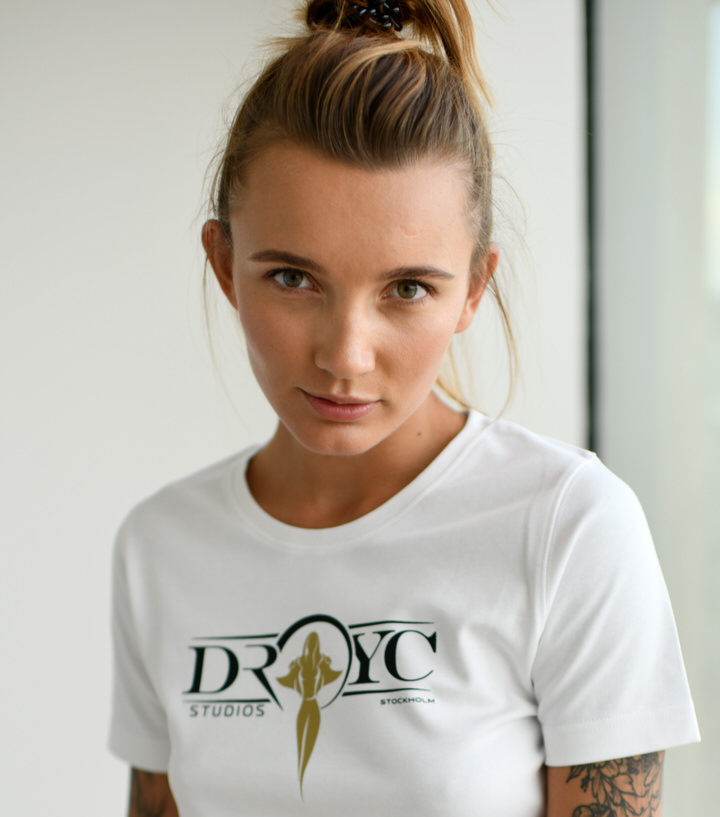
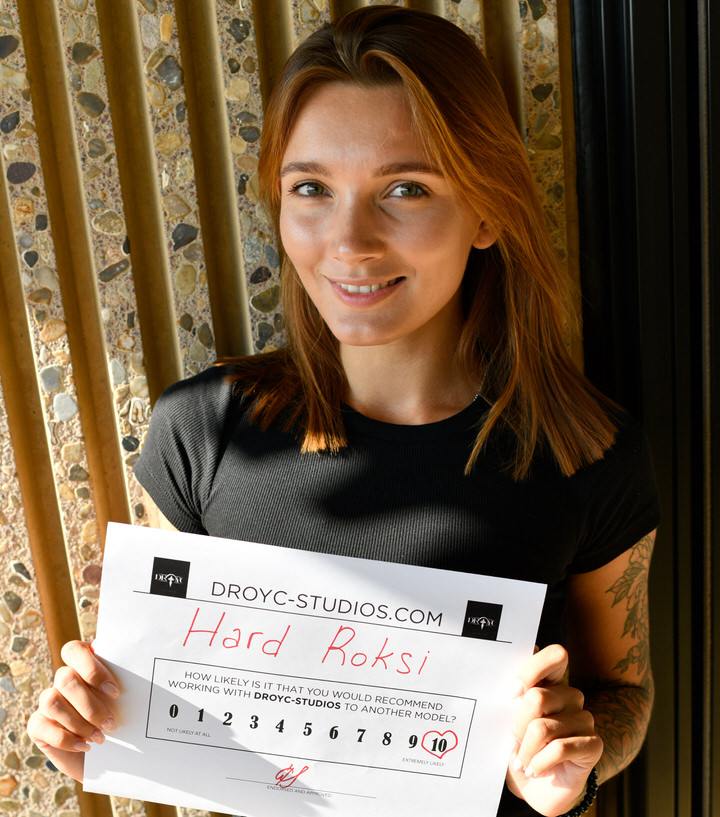
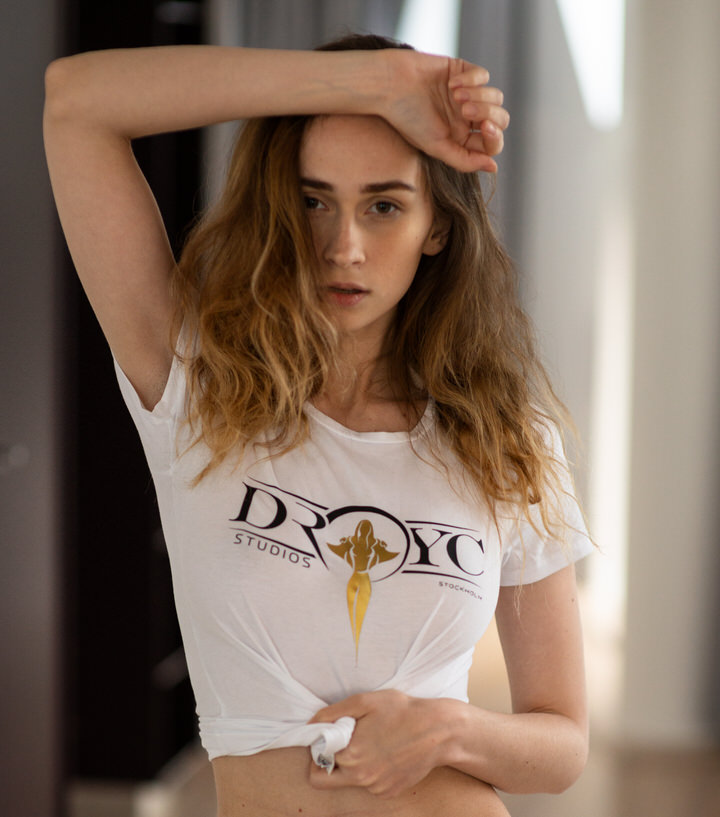
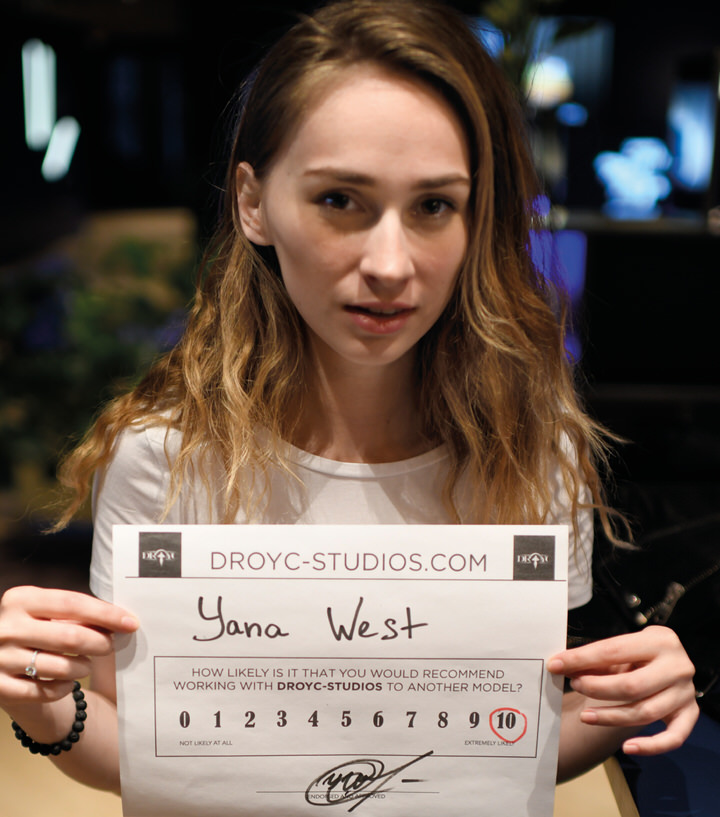
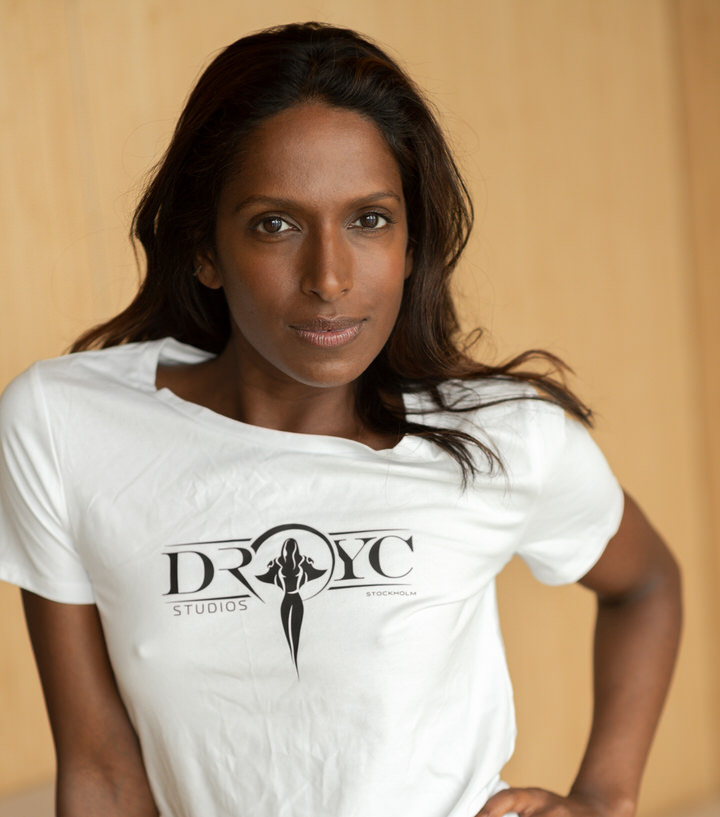
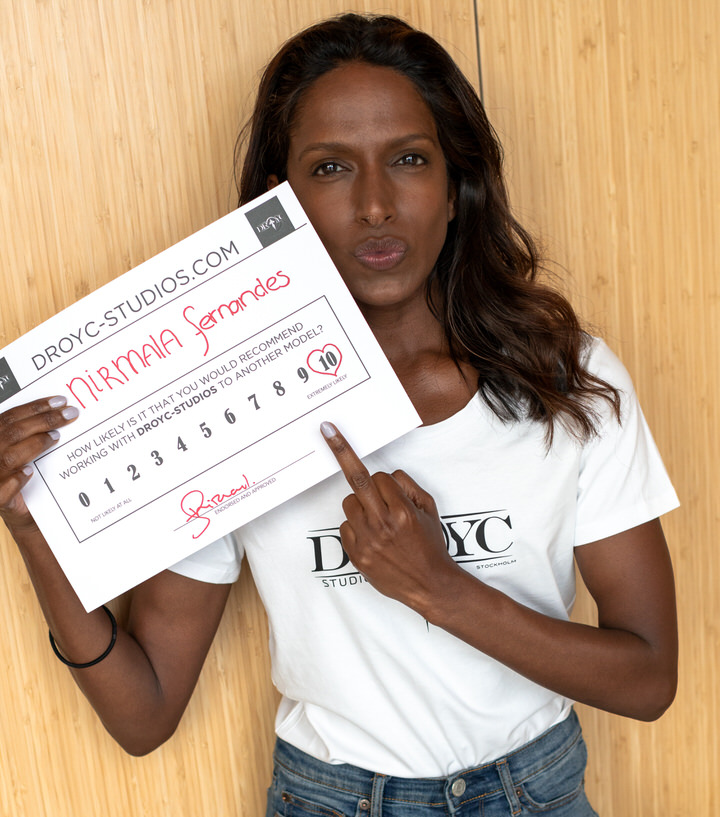

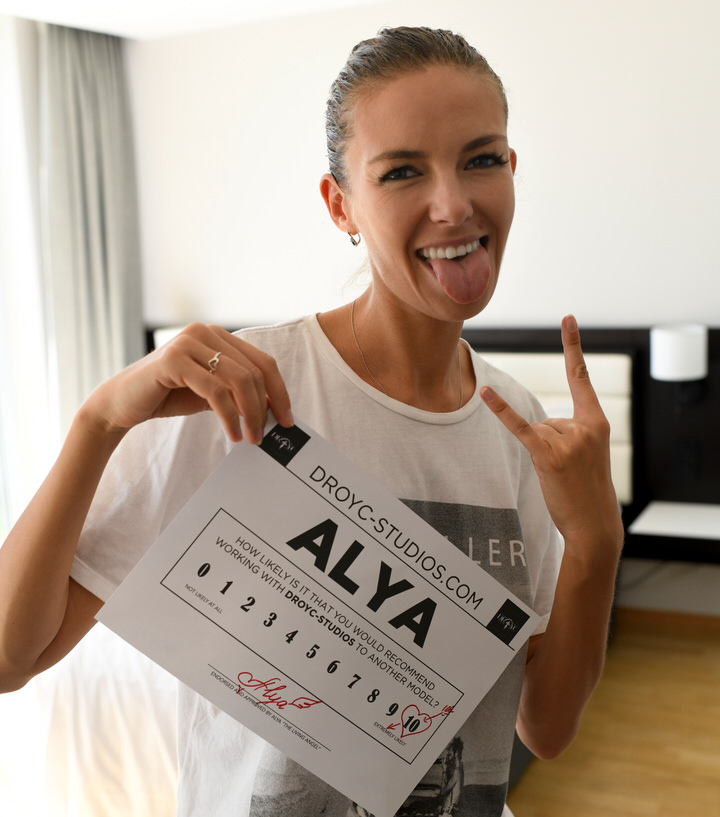

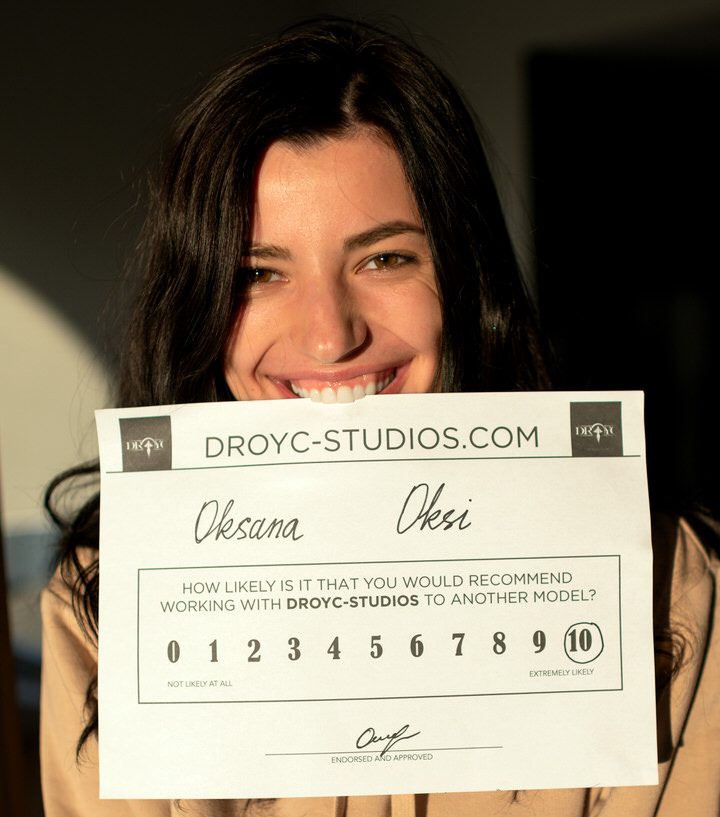
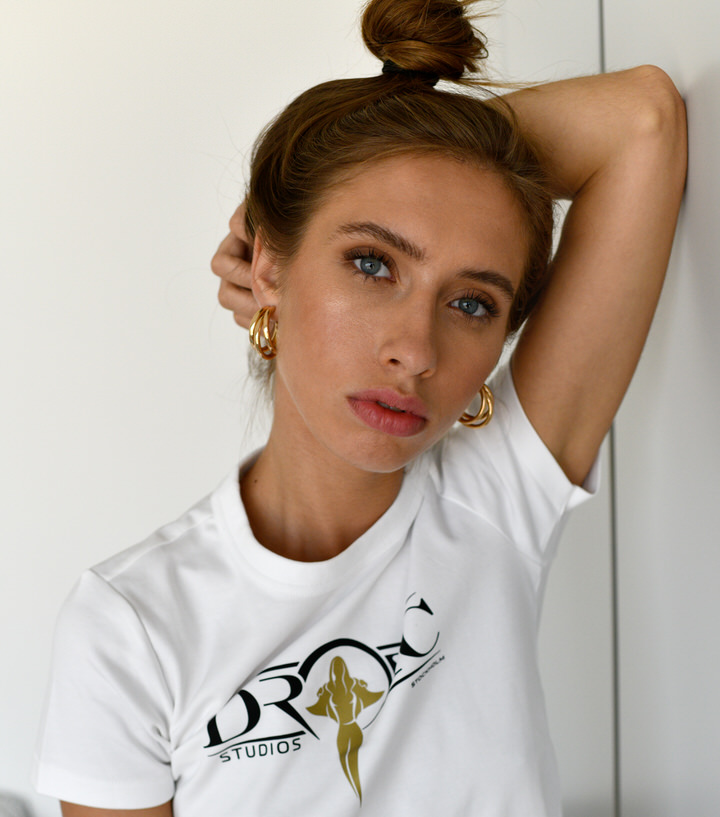
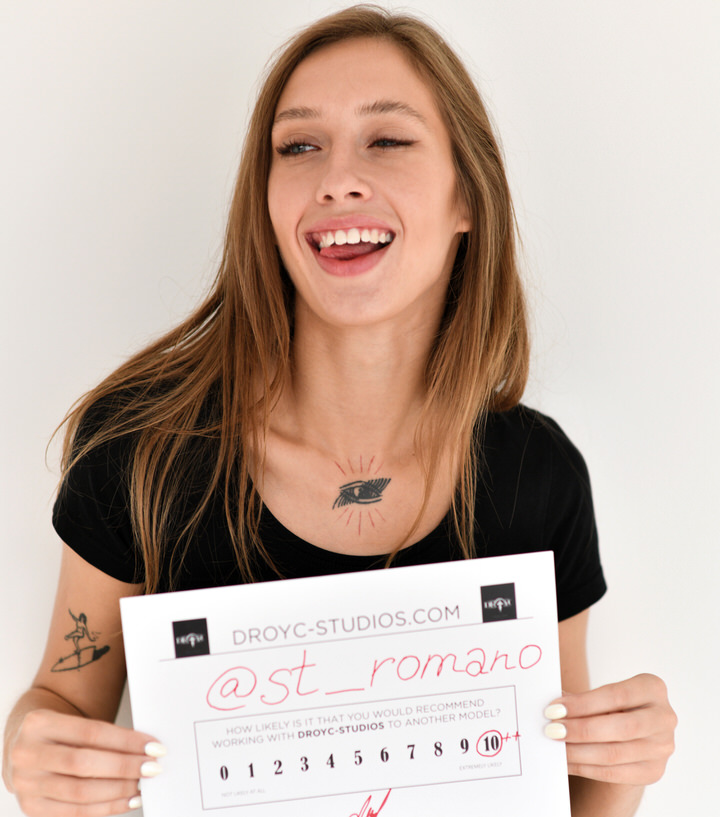
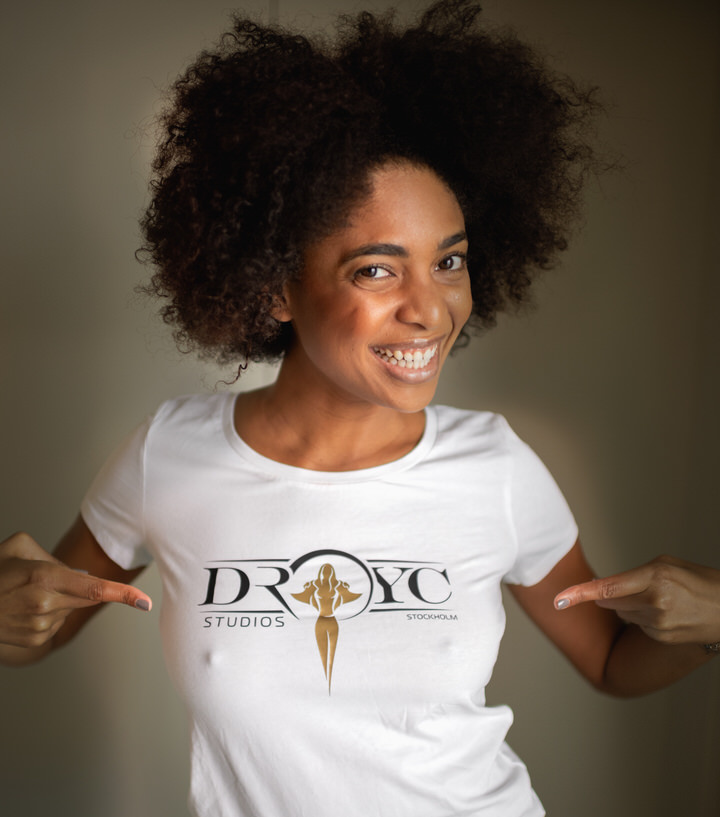
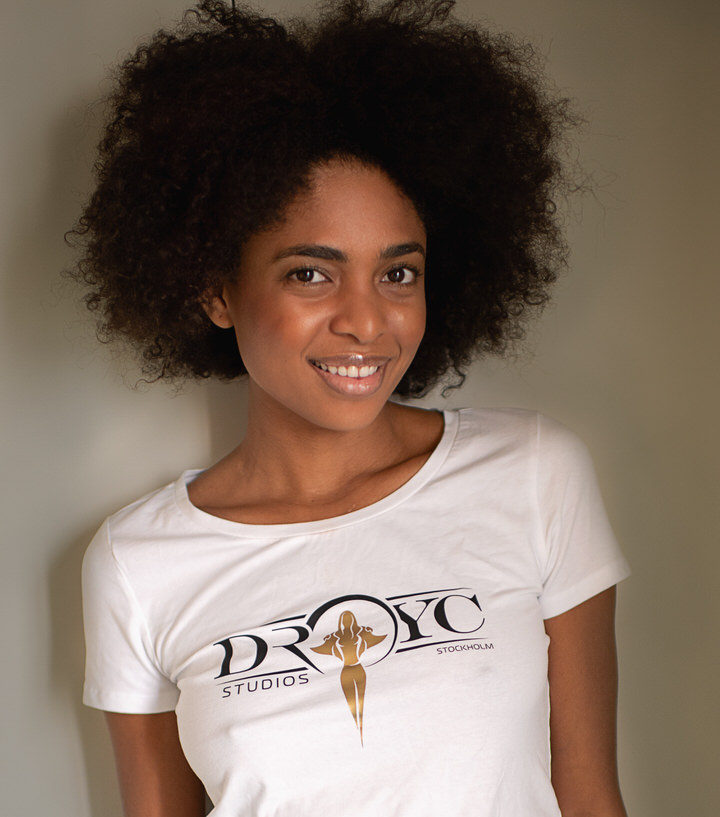

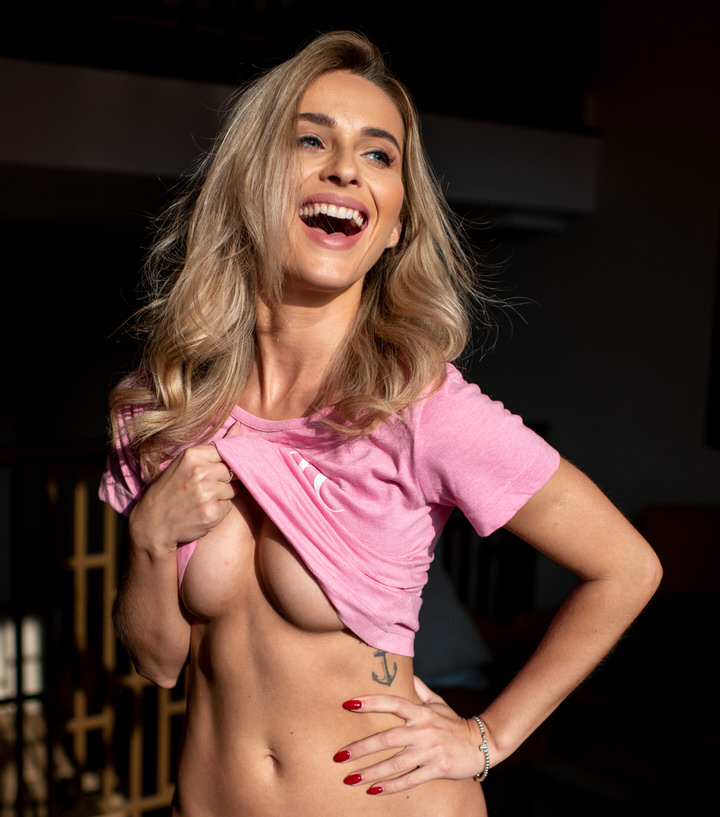
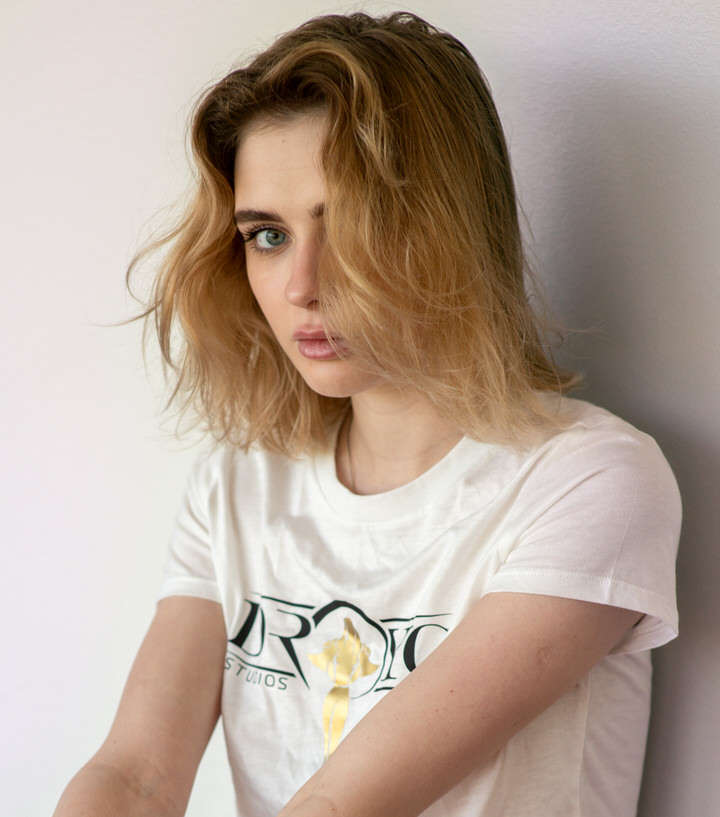
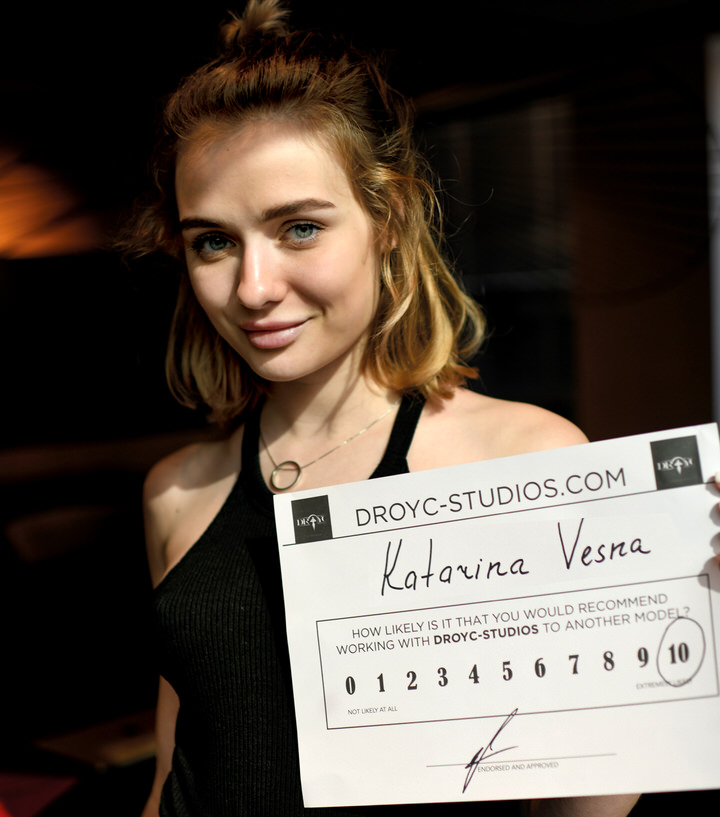
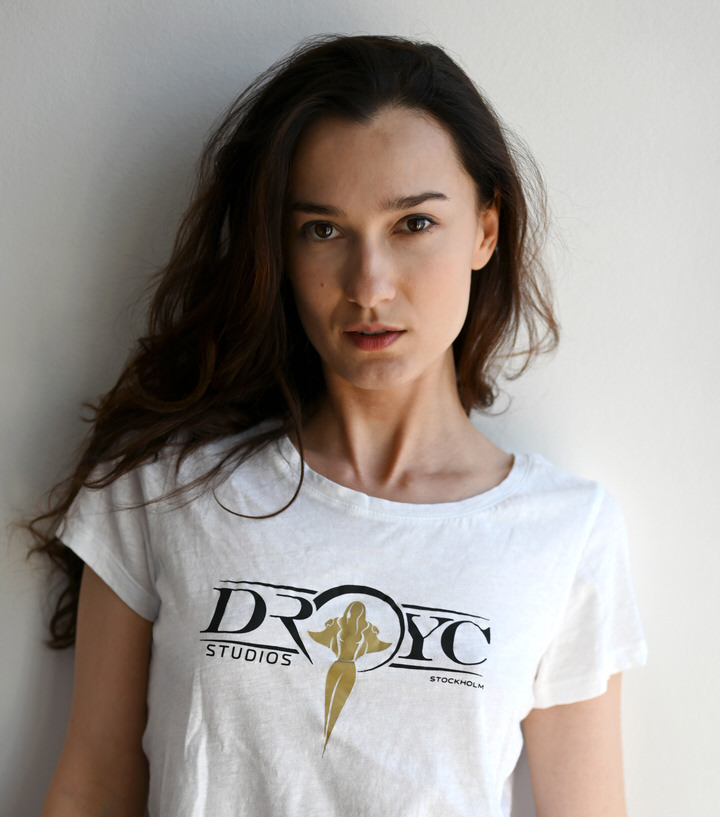
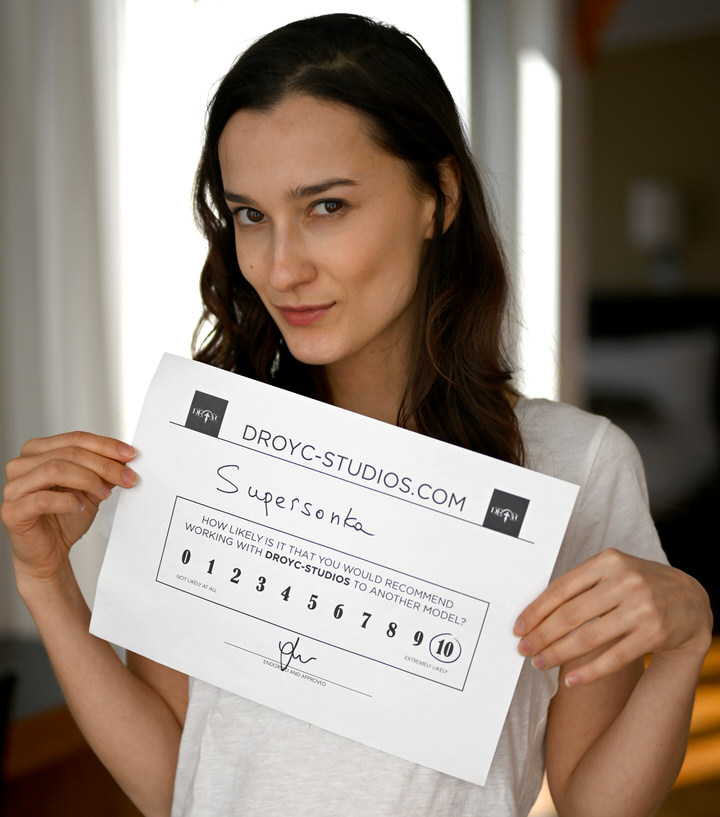
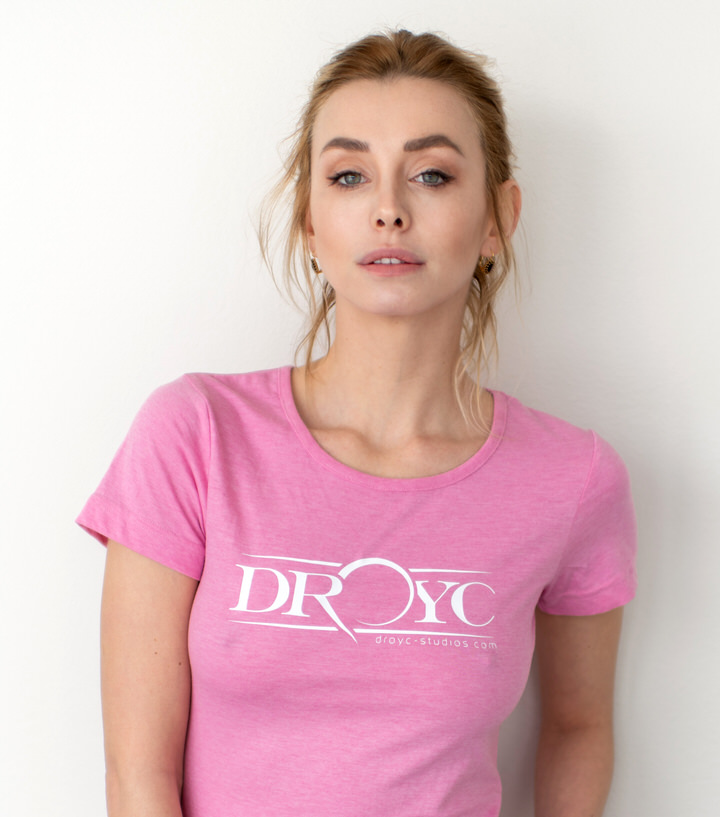
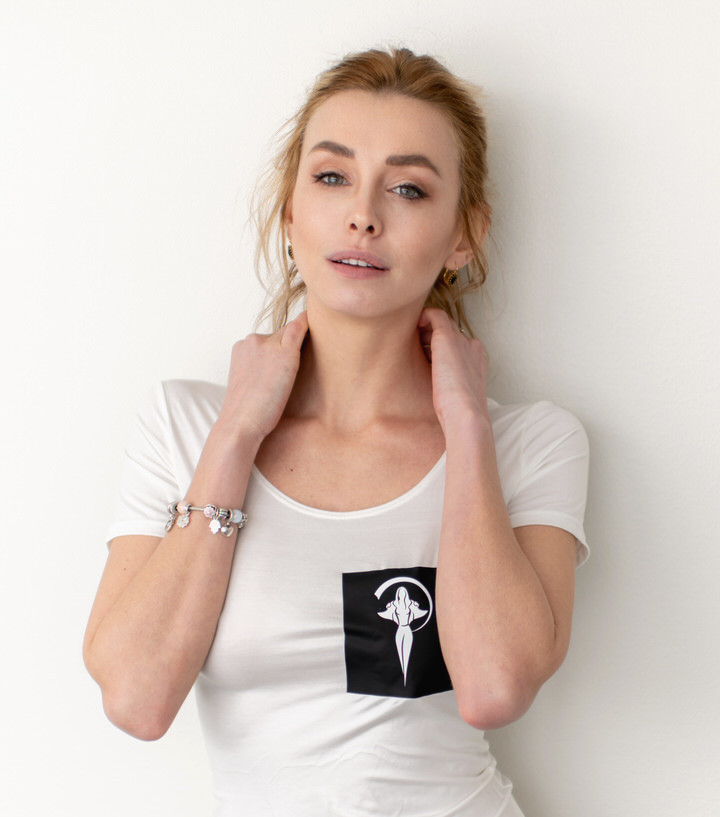
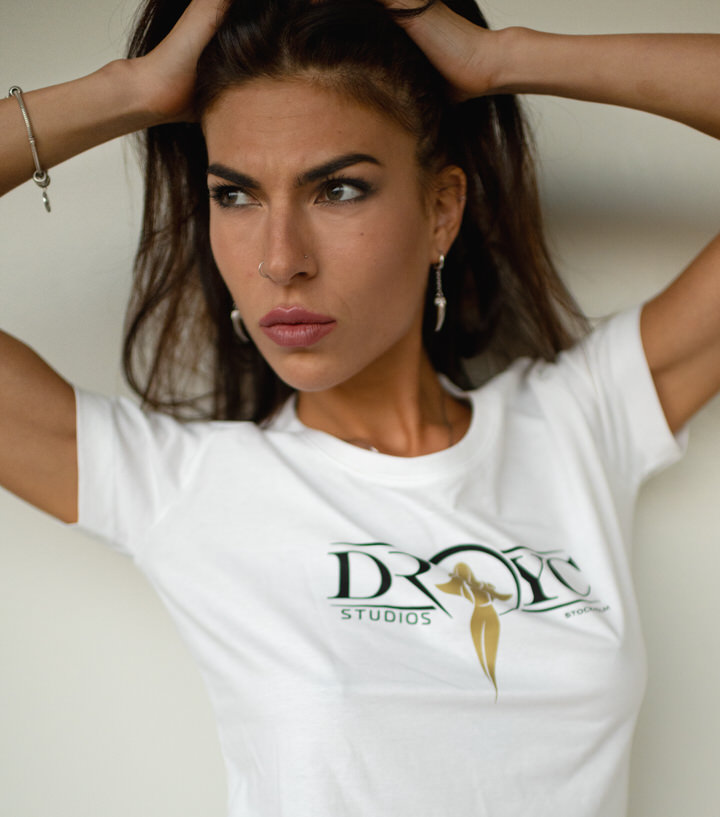
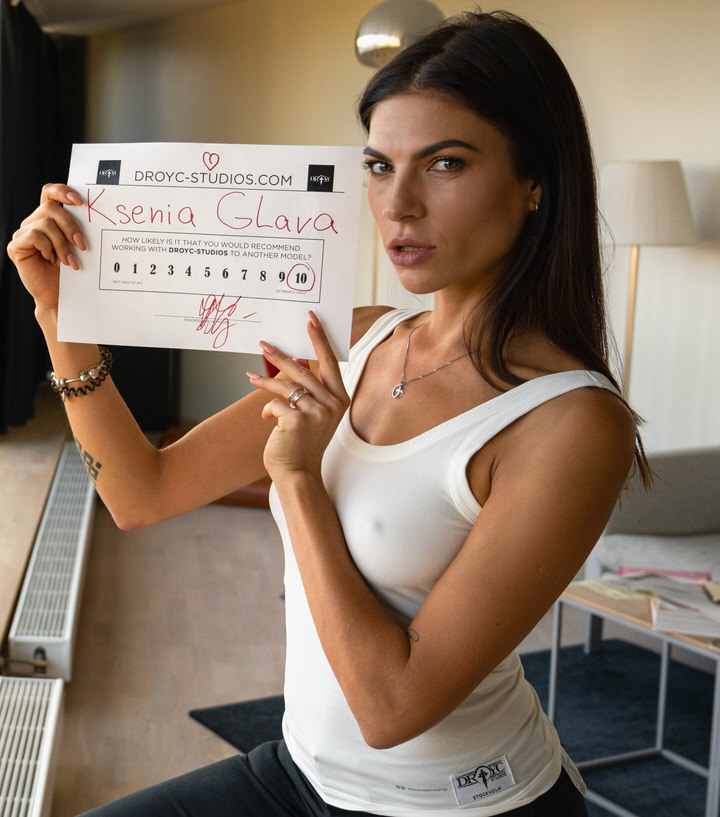
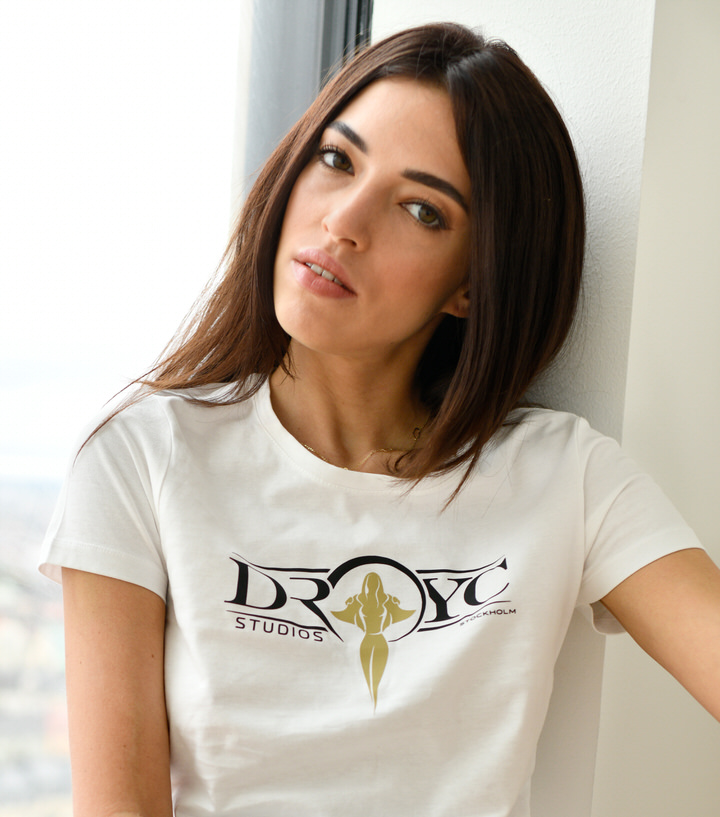
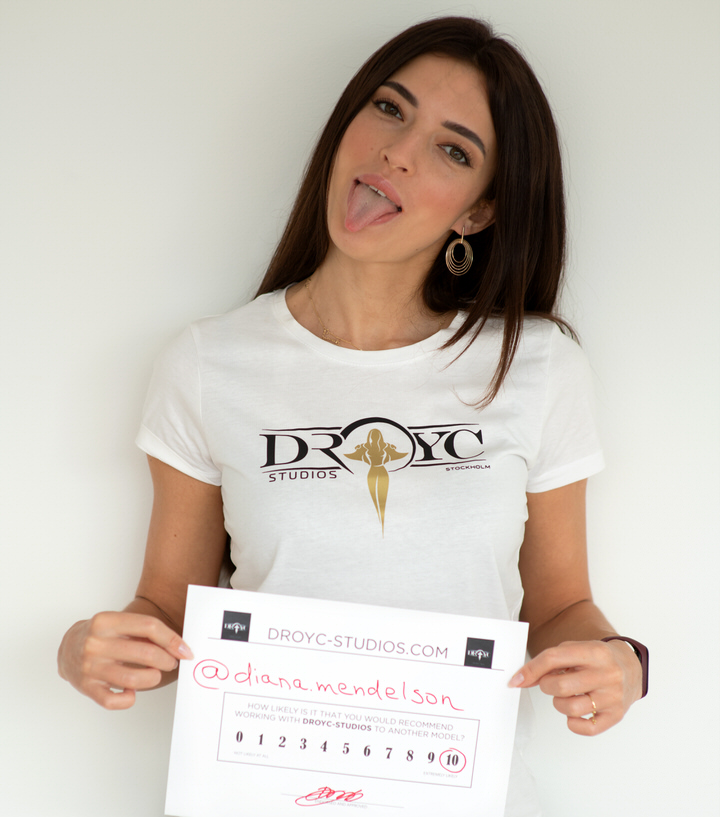
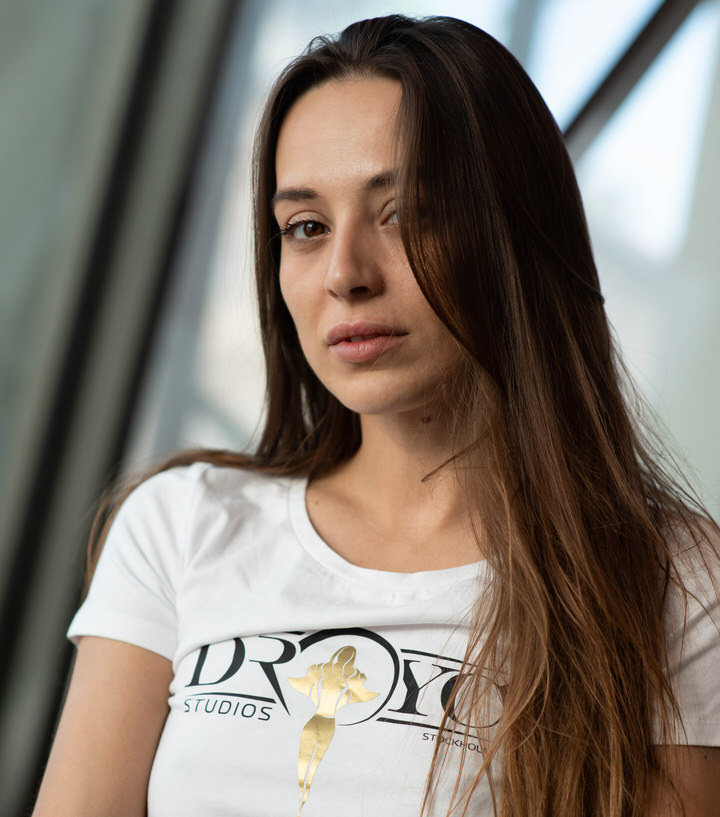
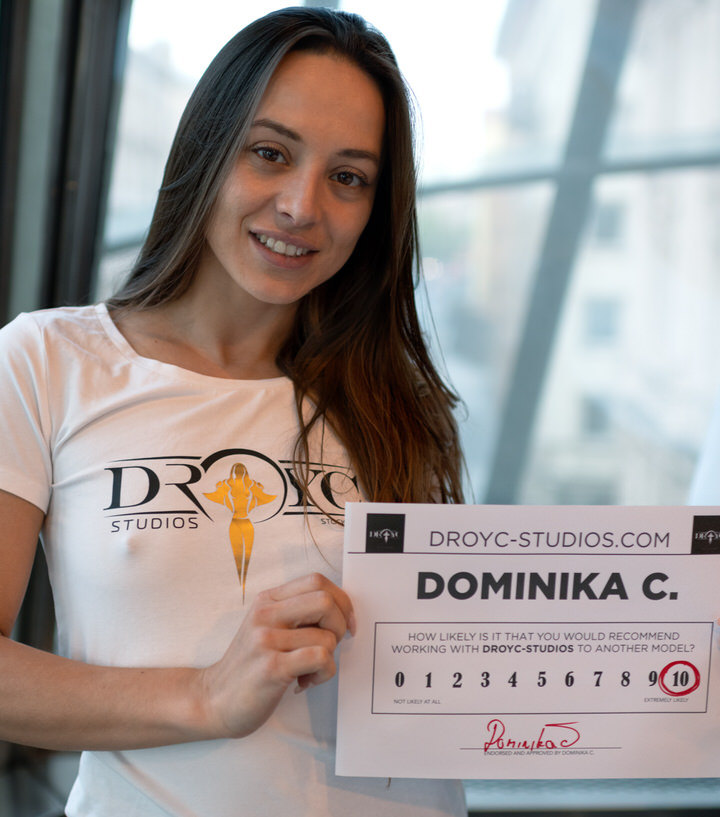
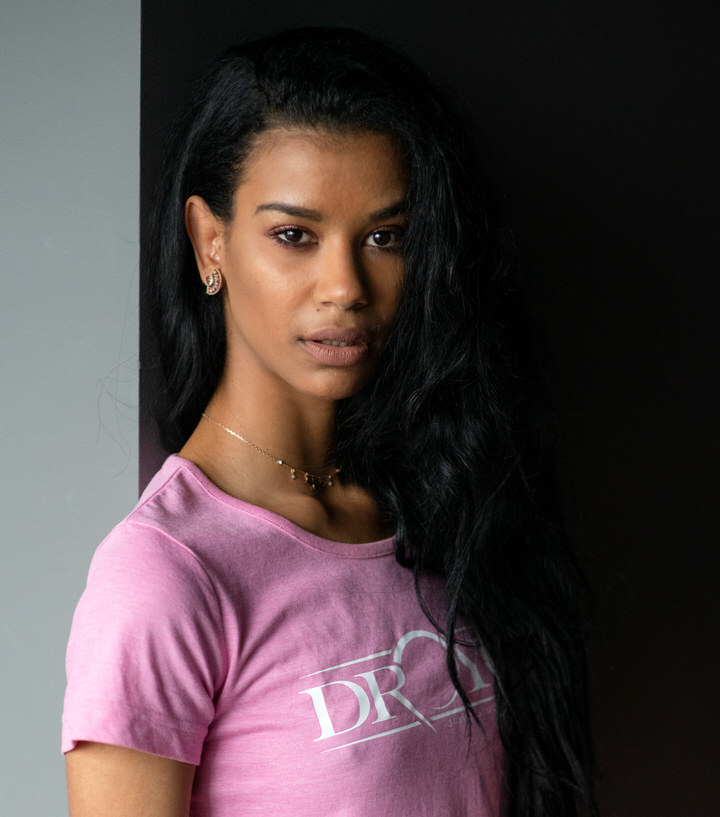
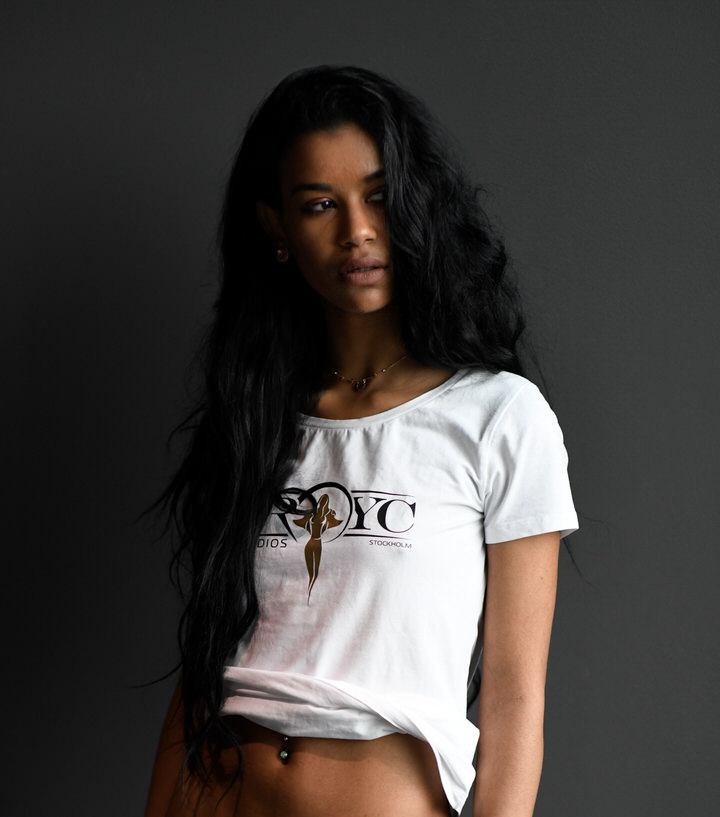
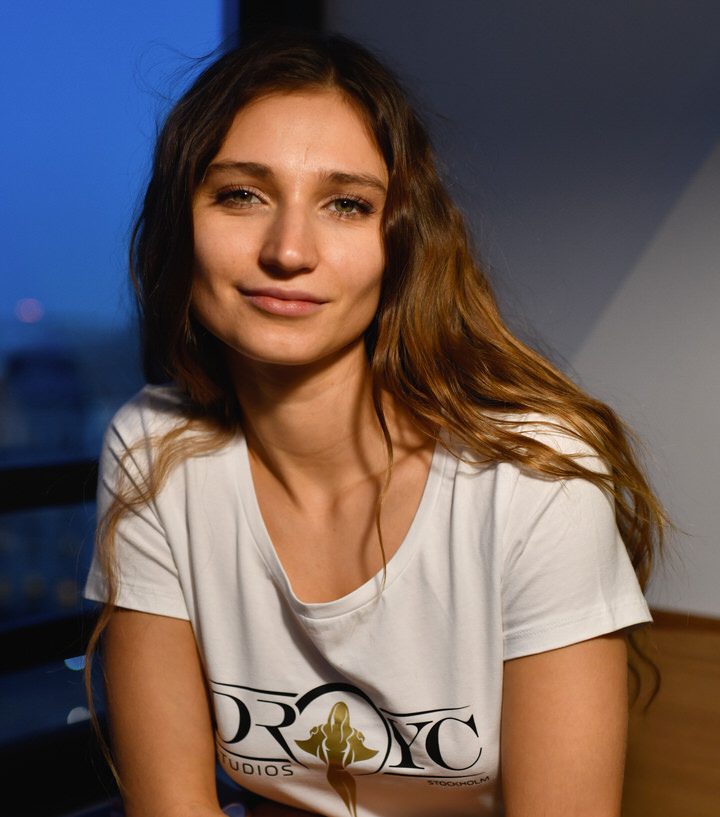
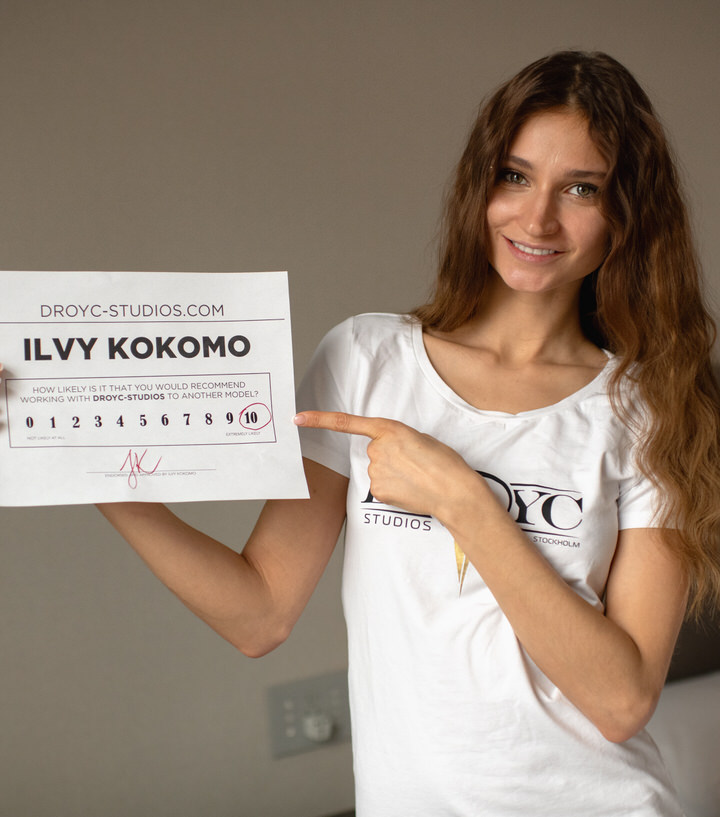
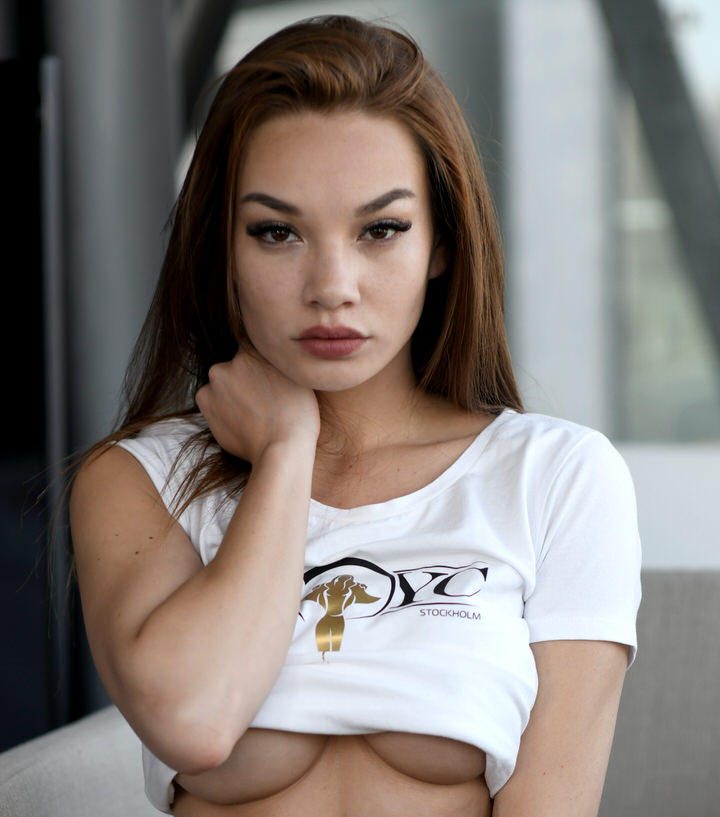
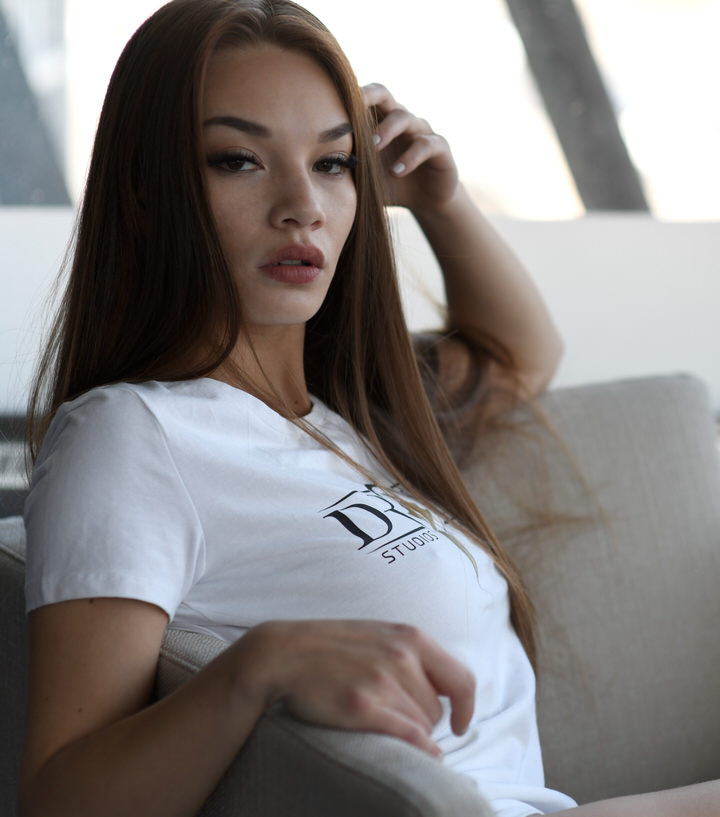
Testimonials

"I would work with DROYC again at any time and I can fully vouch for DROYC. Use any of my social media accounts to contact me for a reference."
(RU/UA/EN)

"What made me to work with DROYC many times is their concept of showcasing the personality of each model and their vision to create meaning beyond nudity. Contact me for a reference!"
(RU/EN)

"I was impressed with how DROYC sees and treats models. It’s their caring attitude towards models that makes all the difference in the final results."
(CZ/EN)
Wearing nude as ideology.
Discover why so many women have chosen to wear nude and support DROYC's vison.

NUDES BEYOND EROTICS
Working with DROYC means shooting for a purpose other than erotics. As a lead artist, a model is creating and communicating a vision of sophisticated female sexuality. To add depth and meaning beyond erotica, some models choose to complement their images by writing a personal essay that our editors are always ready to assist. Others want to shoot more fashion and city nudes as a playful take on accepted rules and dress codes for women.
Our wardrobe has a selection of high-end fashion brands. Each item was handpicked for its superior material and design properties to elegantly and casually embrace a female body form: Wolford, Sandro, Dior, YSL, Balmain, Gucci, Alexander McQueen, Balenciaga, and Jimmy Choo.
FREE, FOR CREATIVE FREEDOM
Our content is published on our free media platform, droyc.com. There are no tricks or ads, only plain free. We believe in free public access modeling, just as some museums around the world have. People shouldn’t have to pay to access premium, high-quality art, while low-quality material is available for free and makes a far greater impression on human minds than premium content. To be relevant, DROYC needs to be free for public access. Rather than hiding behind a paywall, free-access modeling helps us to amplify our message to millions of people.
Another benefit of this free platform is creative freedom - by funding our projects privately, we can stay true to our artistic vision, independent of paying customers. This means we can be more creative with each model aiming at creating truly unique content rather than chasing the quantity or sensationalism.
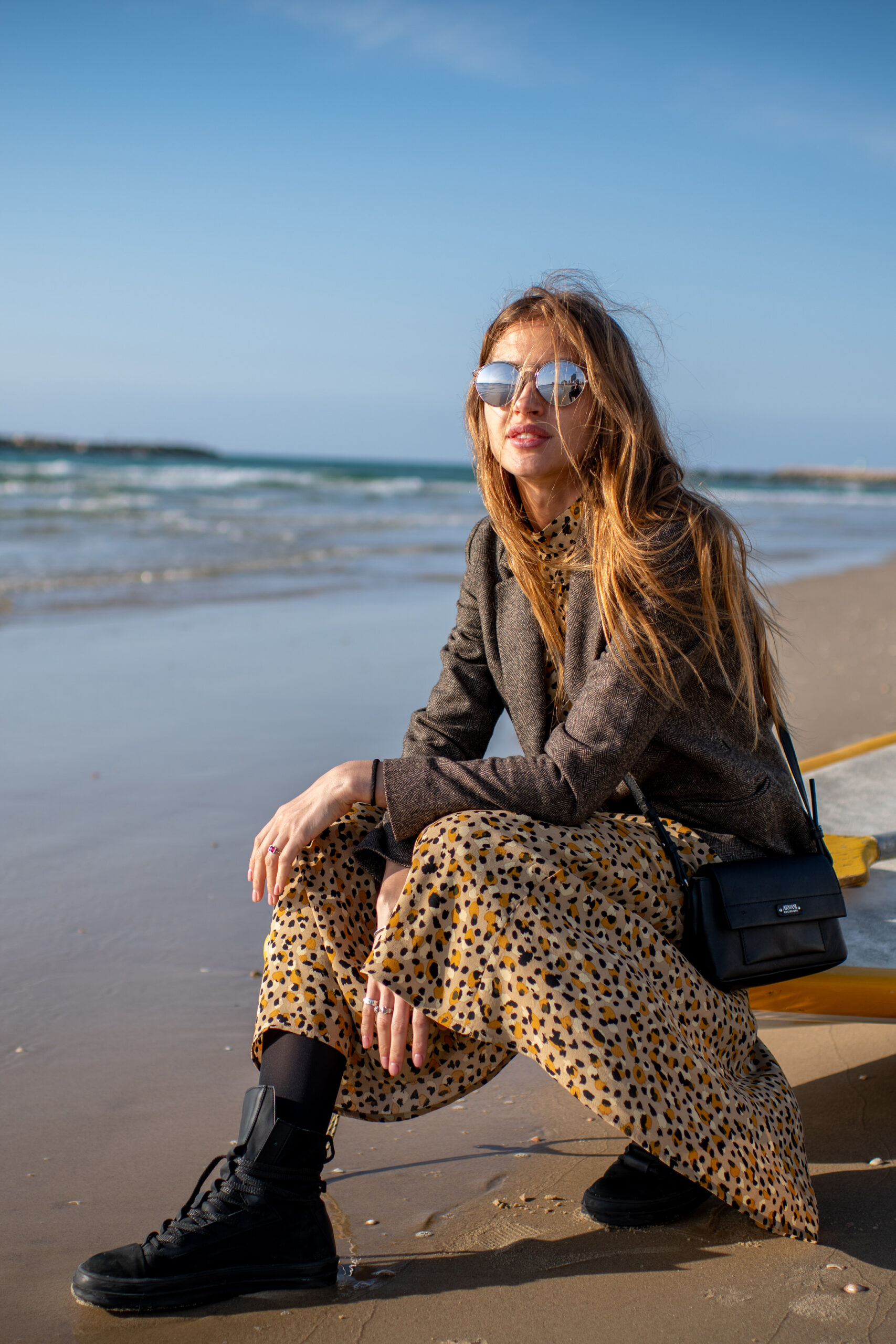
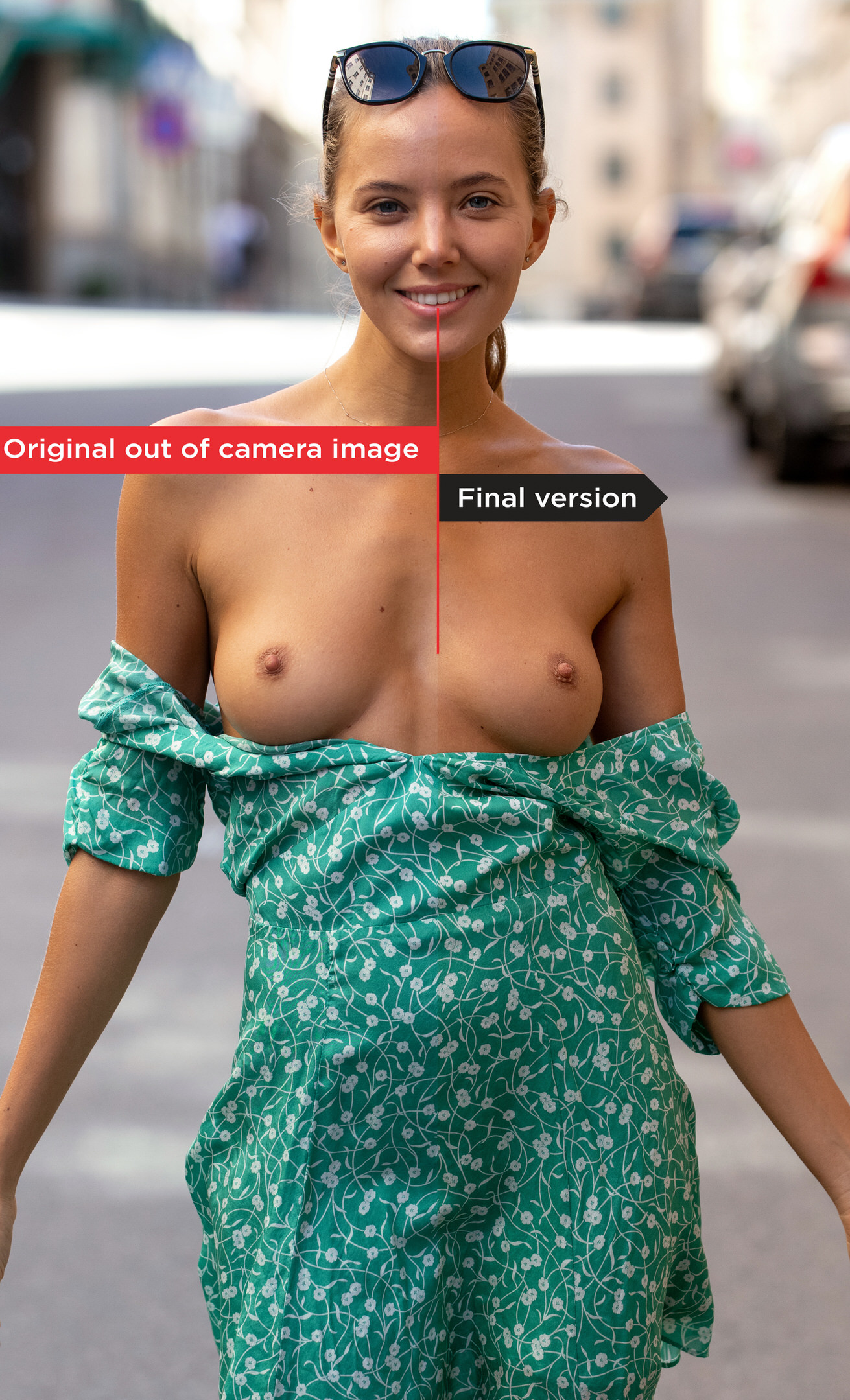
CHASING REAL BEAUTY
DROYC stands for genuine female beauty. Our vision is to bring attention to the beauty and diversity of real women. We are inspired by true human genetics, not Photoshop skills or surgical enhancements. Hence, our make-up is minimal; our photoshop is limited to lightly cleaning up the skin and adjusting the skin tones. We disclose exactly what was altered in Photoshop so that a digital imitation will never be confused with true female genetics.
NOTE: DROYC-STUDIOS is a production company of the non-profit art project, Droyc.org. Our mission is to produce content that amplifies the current goals, agendas, and vision of Droyc.org, and to find and nurture creative talent to execute that vision. We are committed to set new high standards in photography and ethics.
Curious or Furious?
Say Hi/Hej/Привет
We are based in
Stockholm, Sweden
Questions about modeling
New to modeling?
Home | Model’s FAQ | Code of Conduct | Become a model | Contact | Instagram
2021 DROYC-Studios